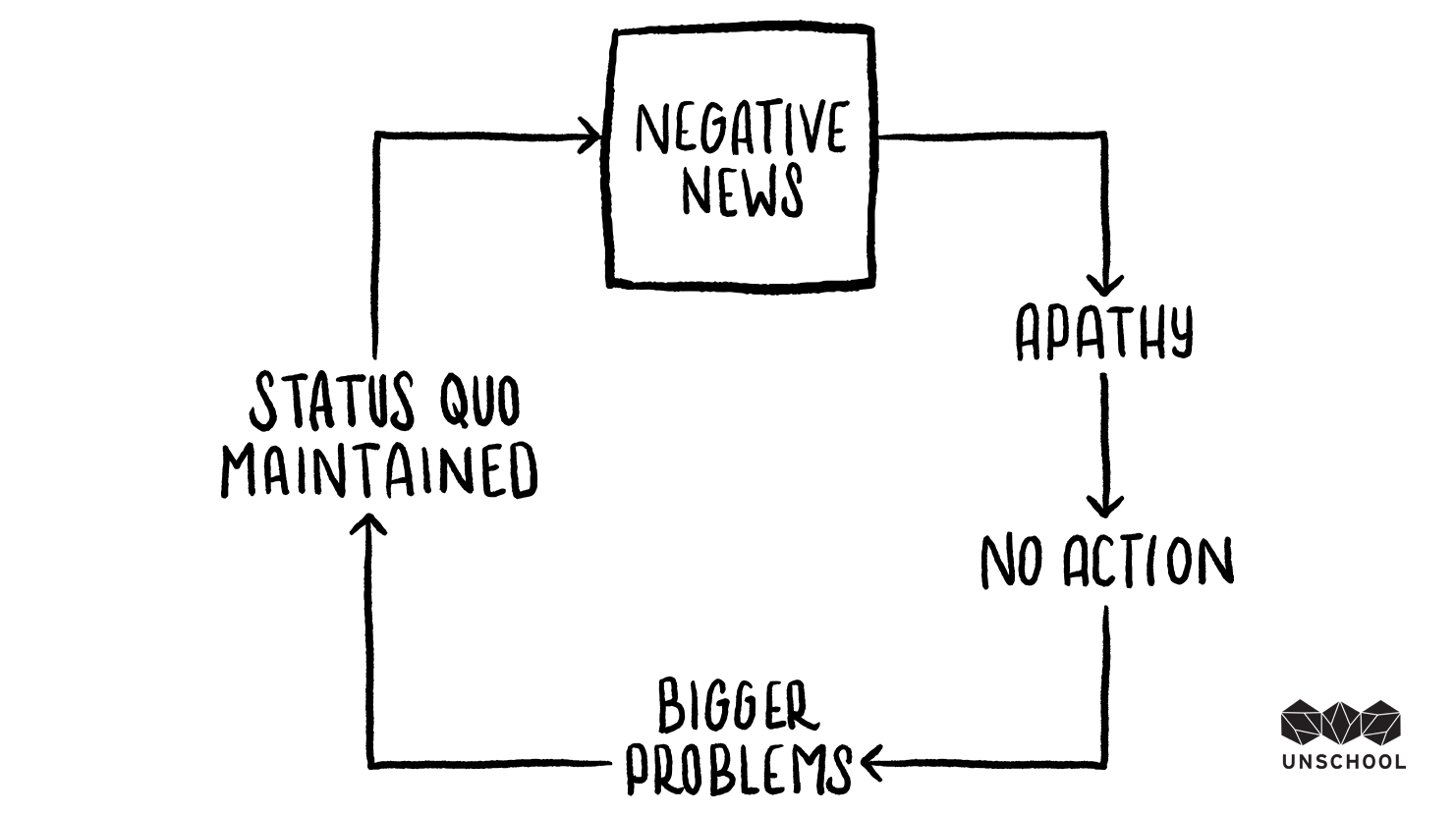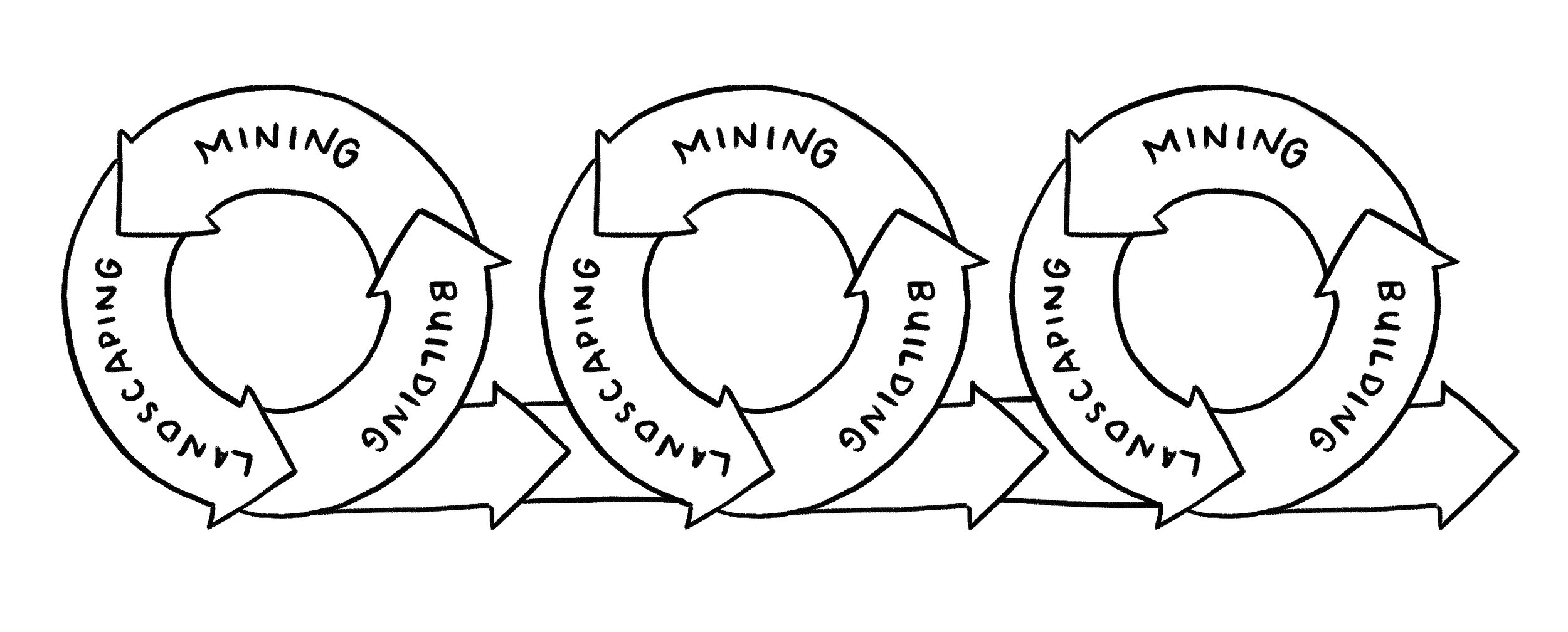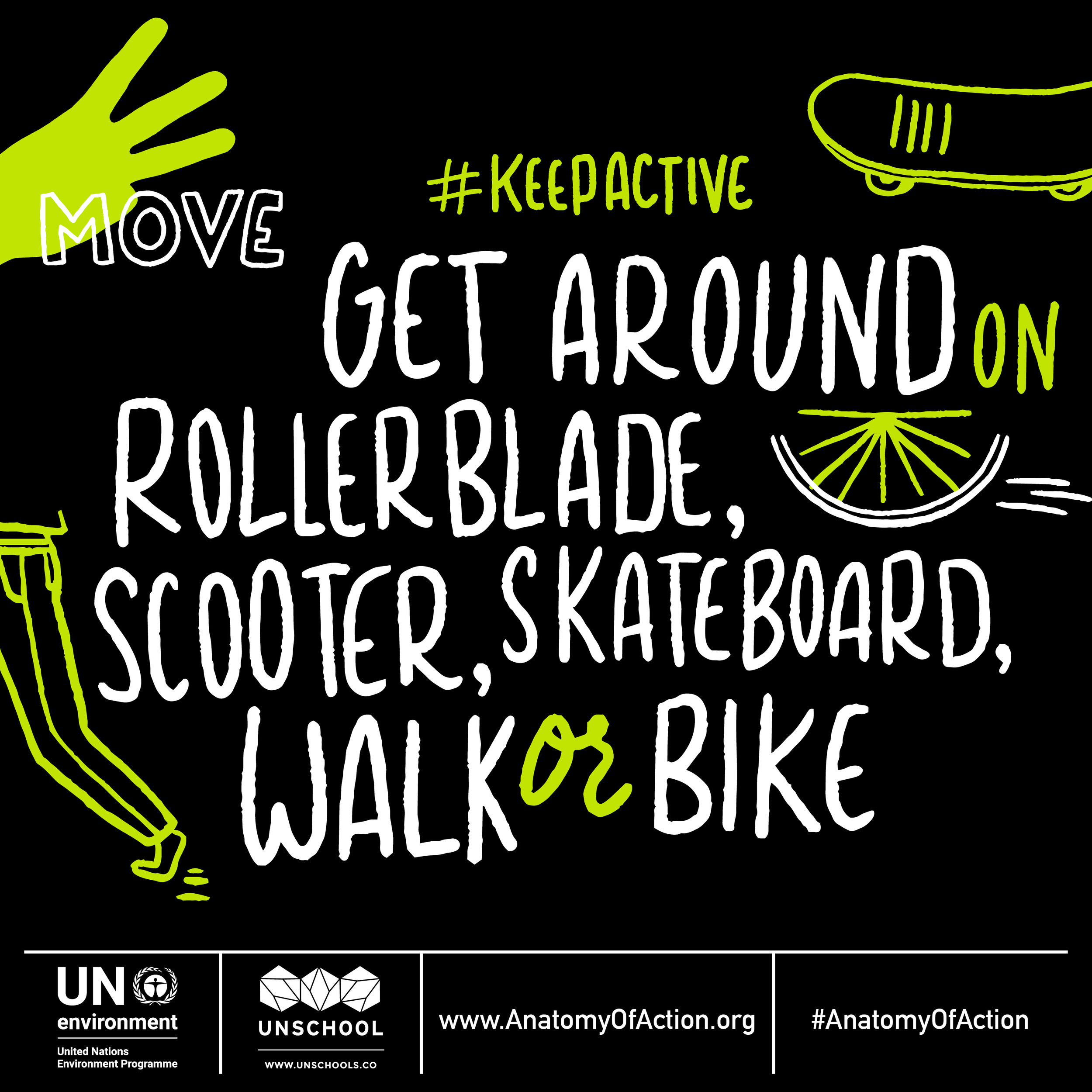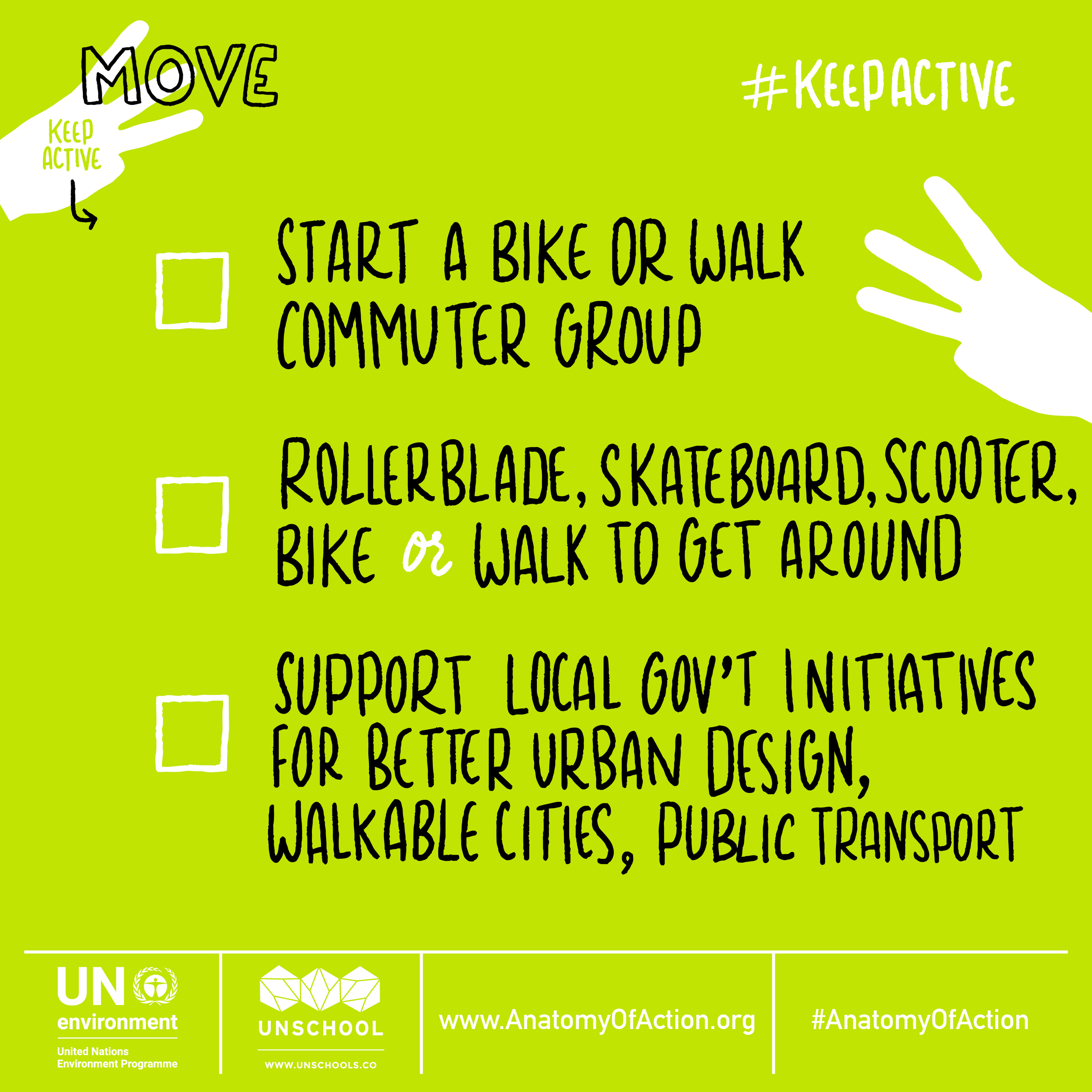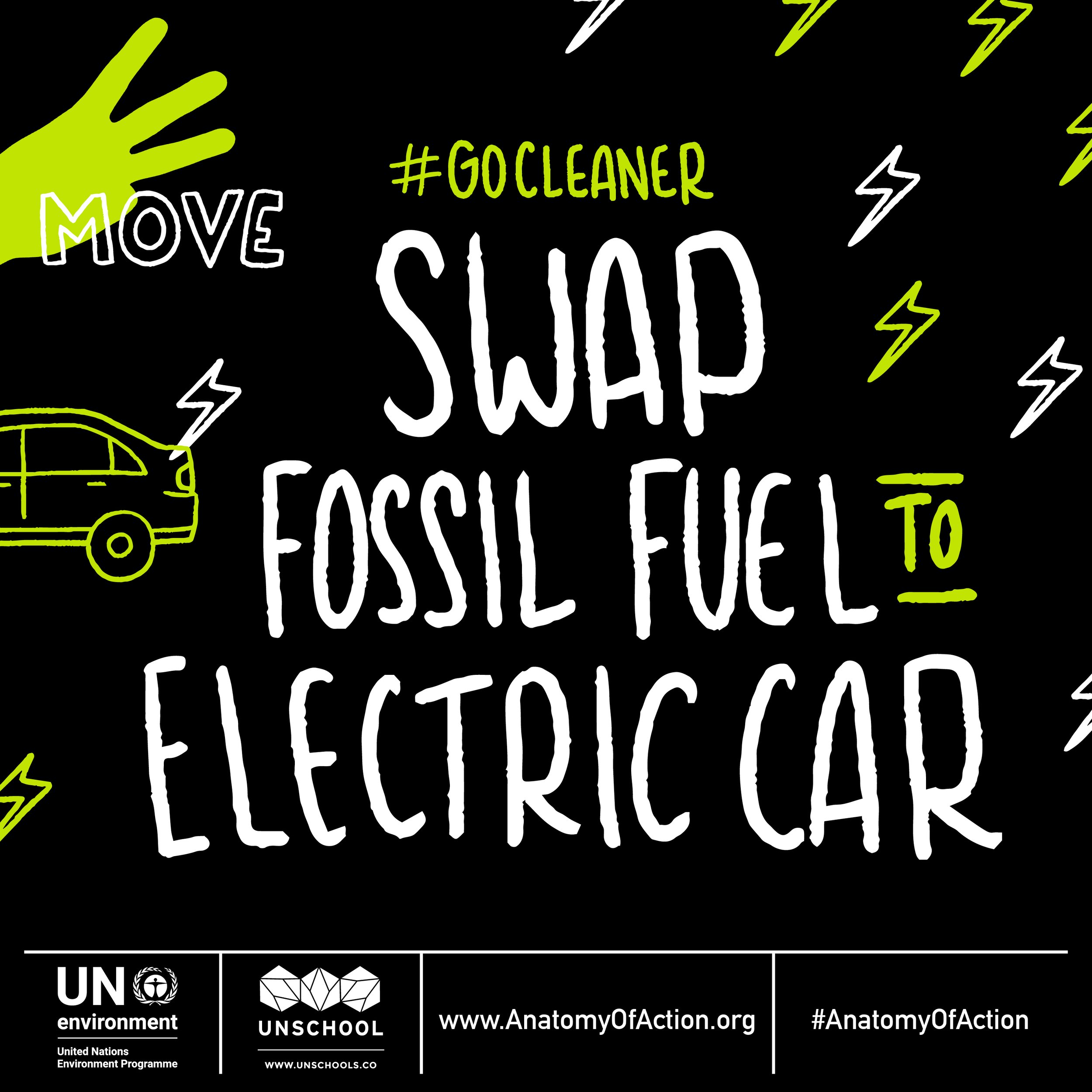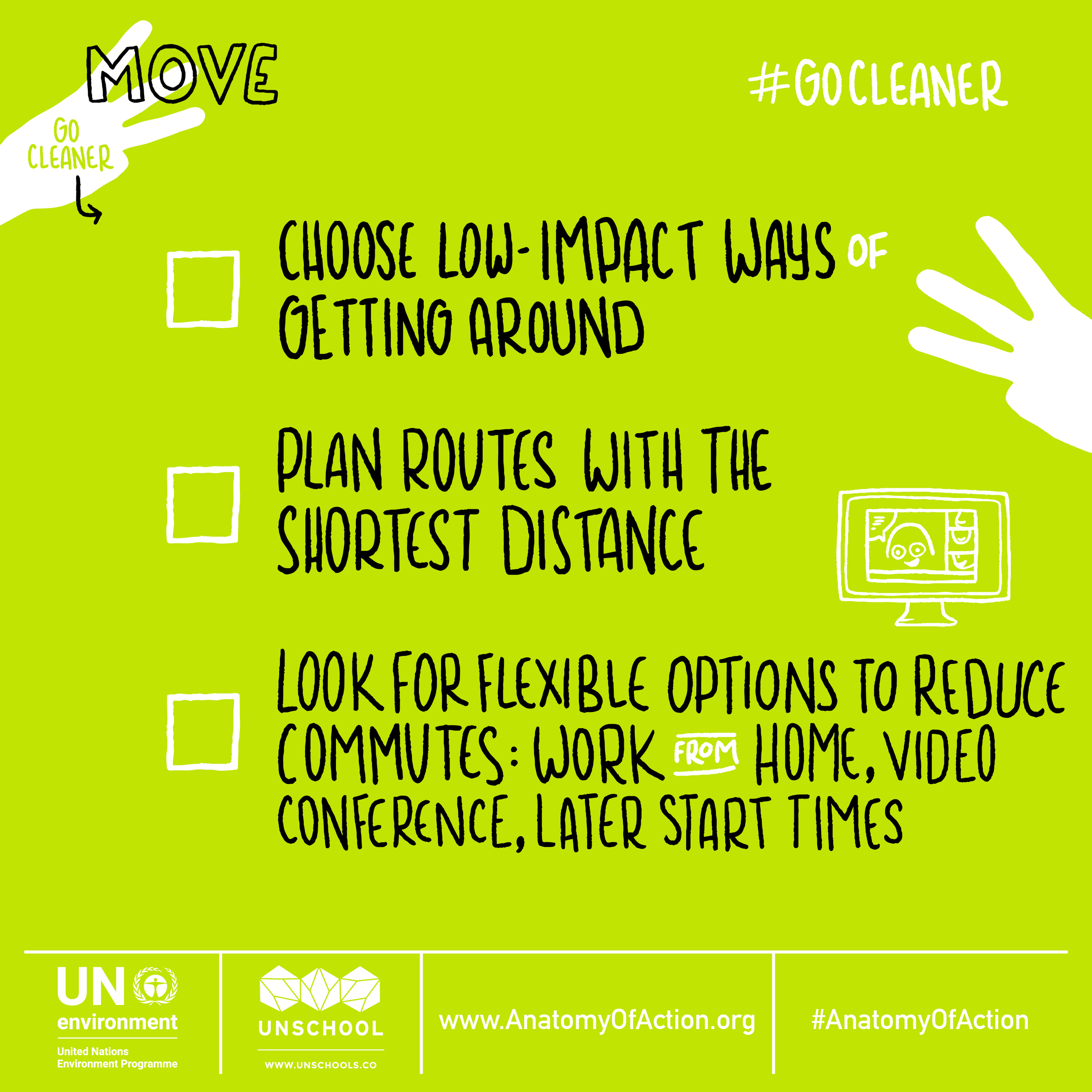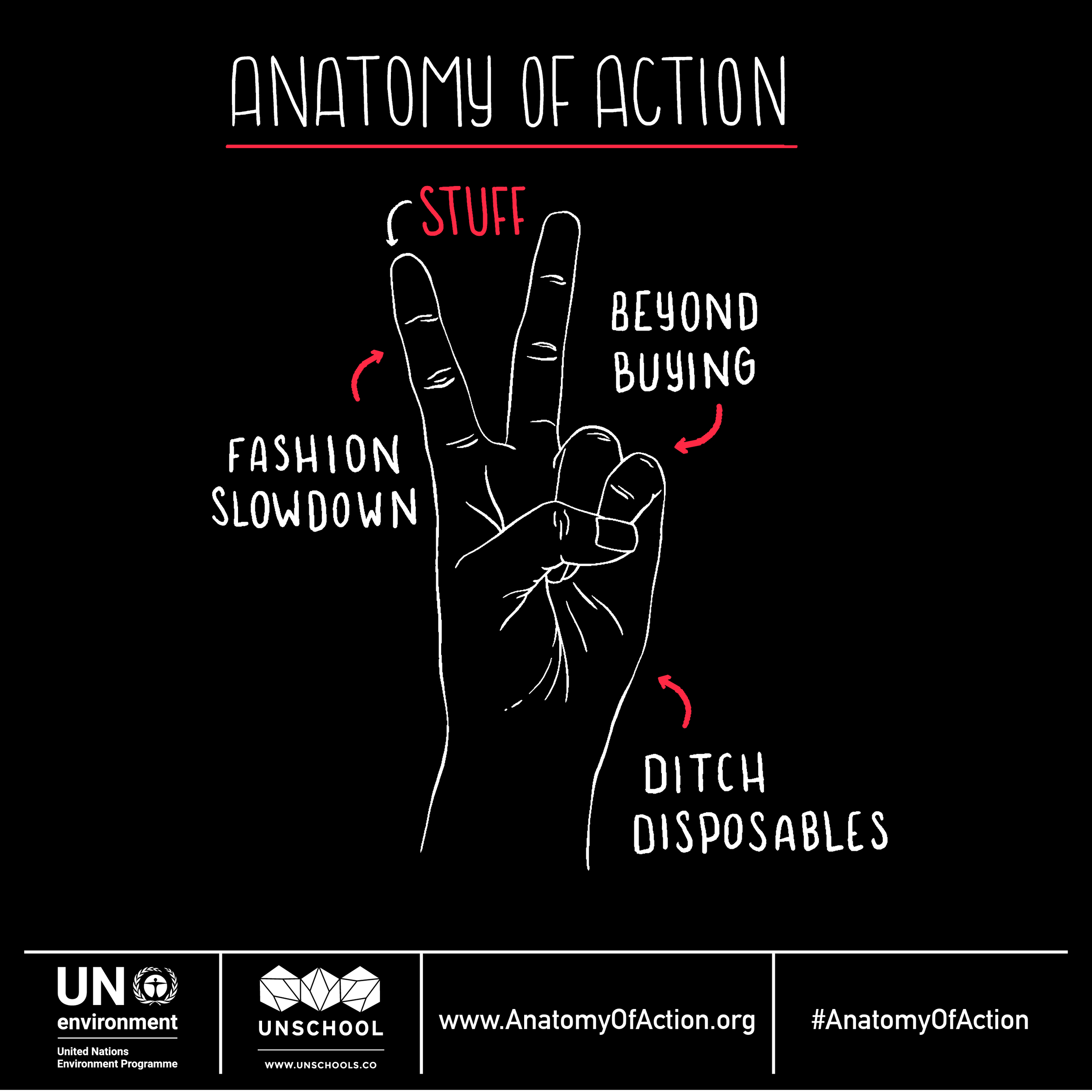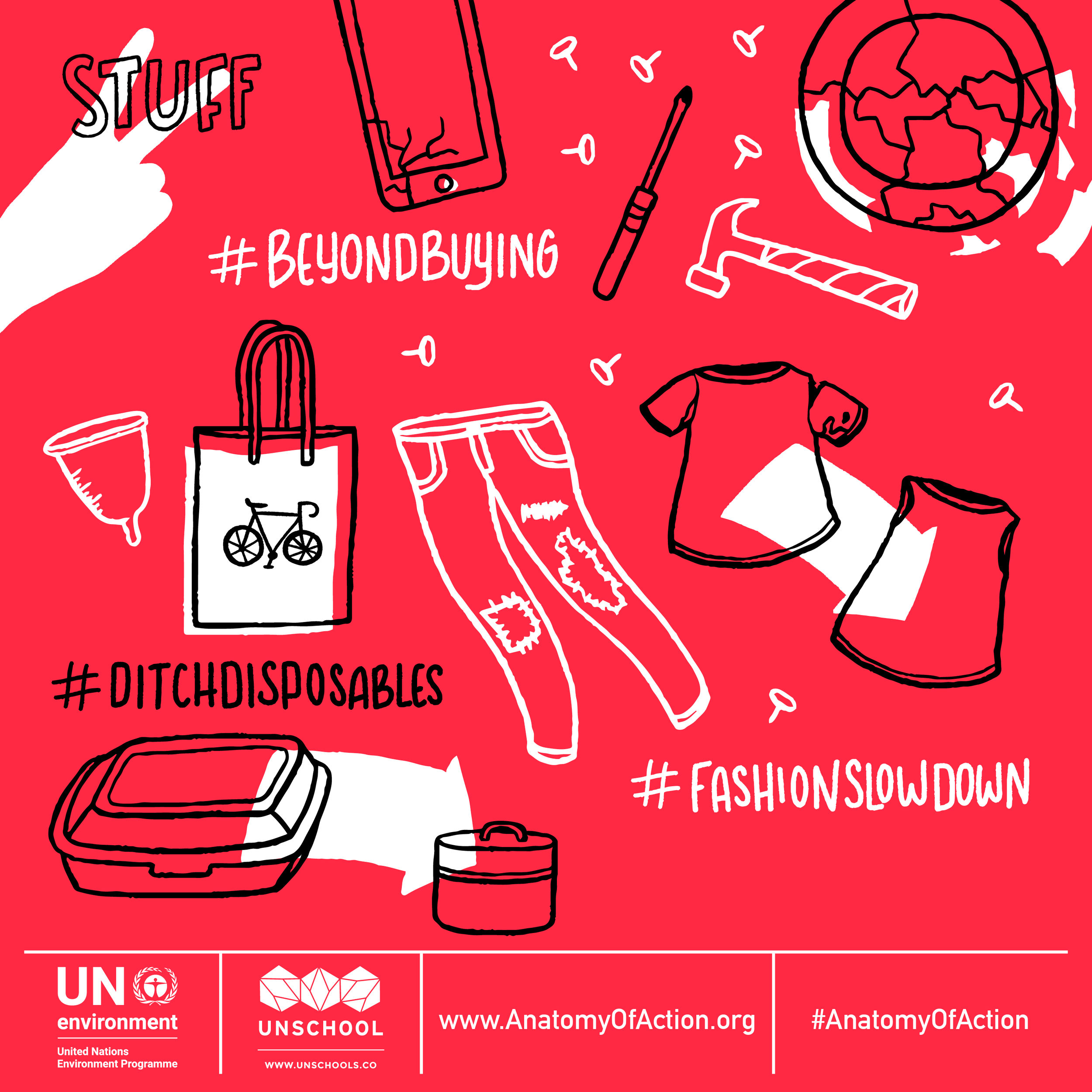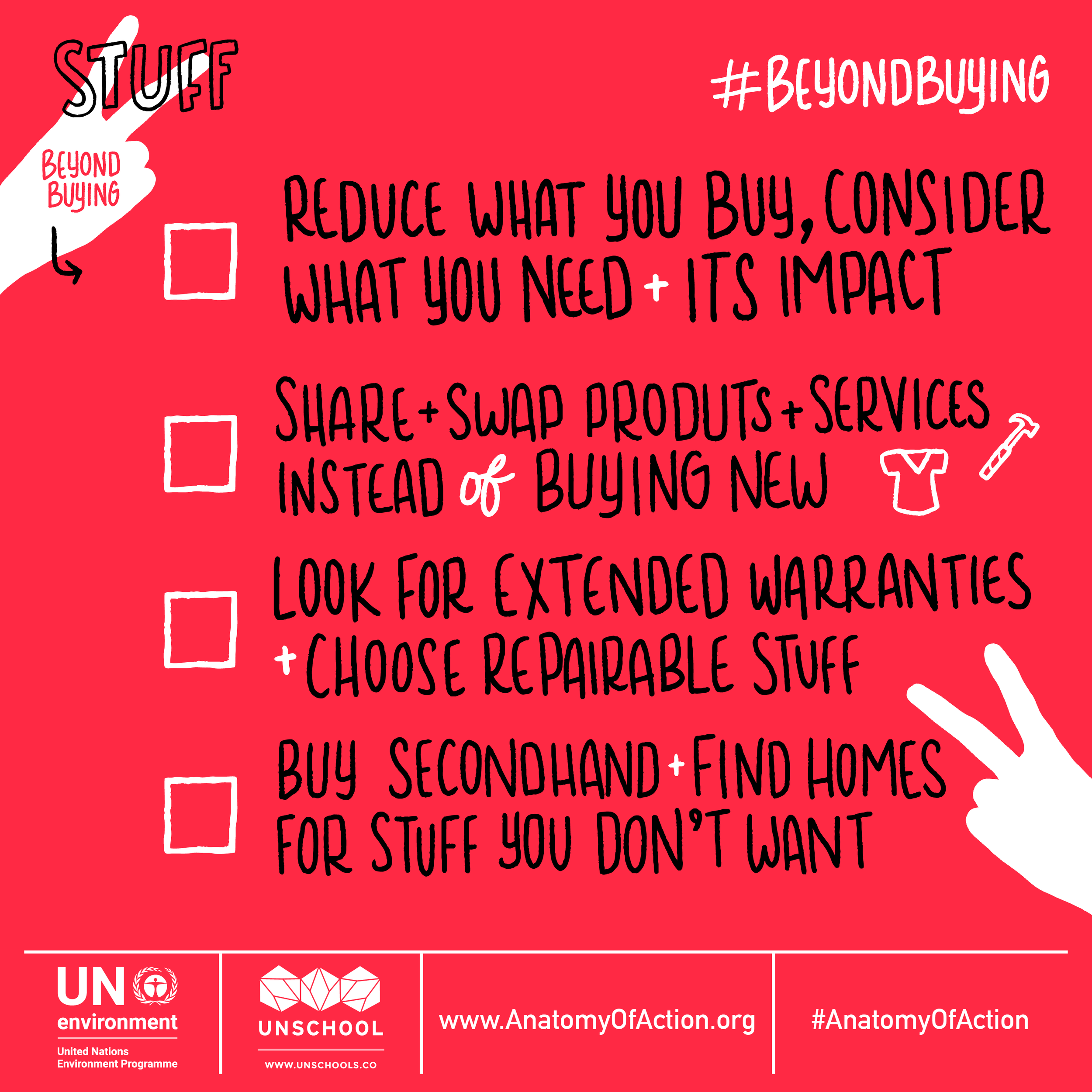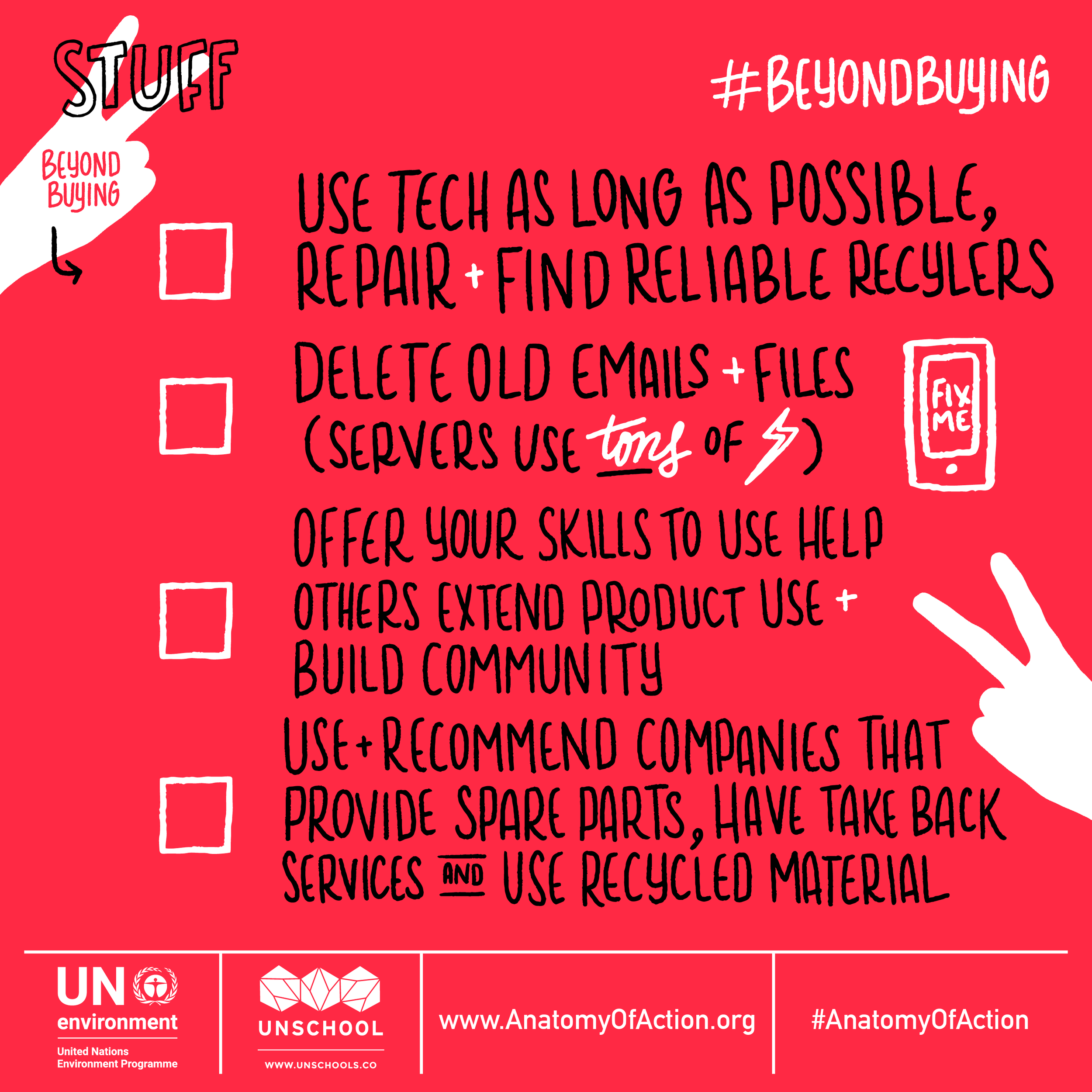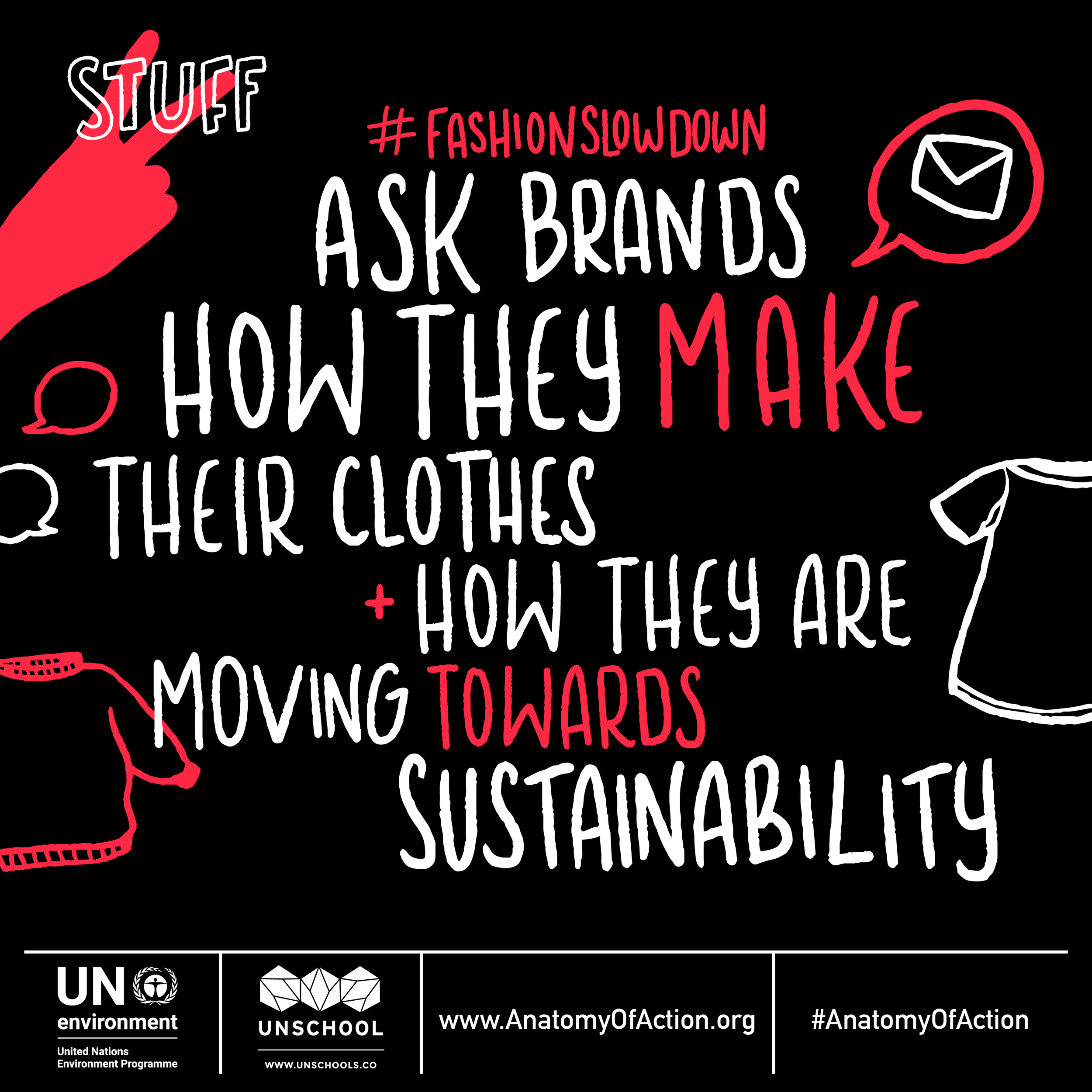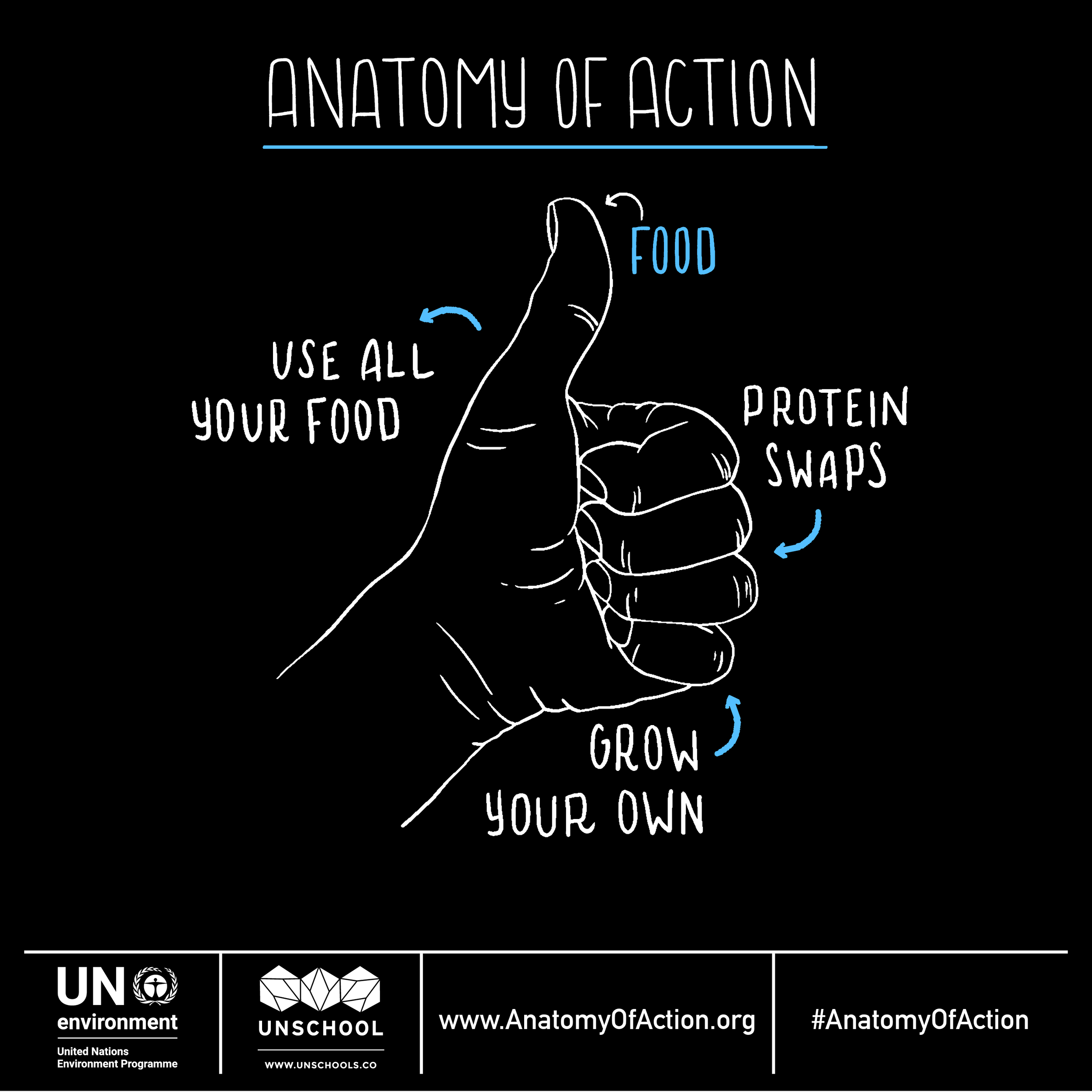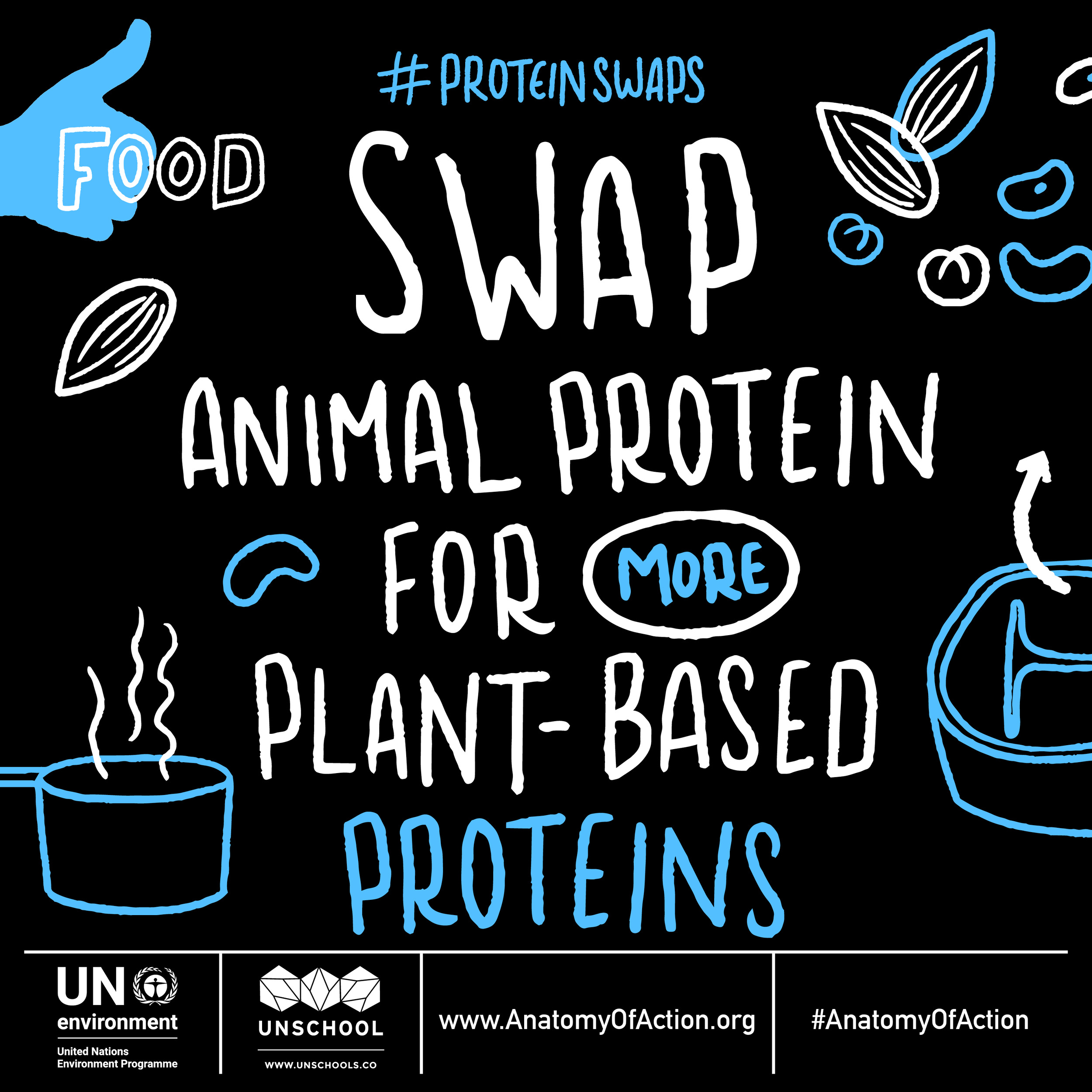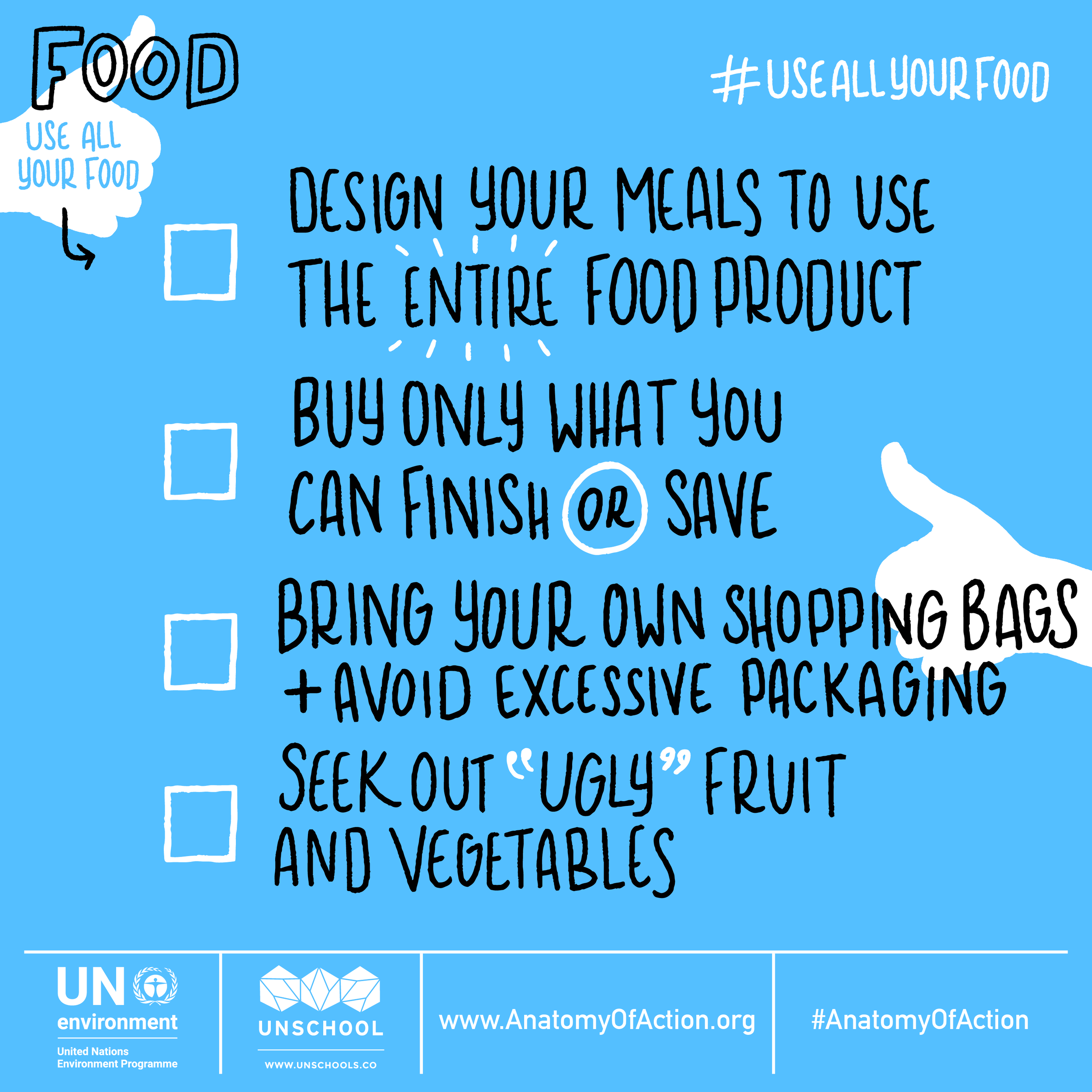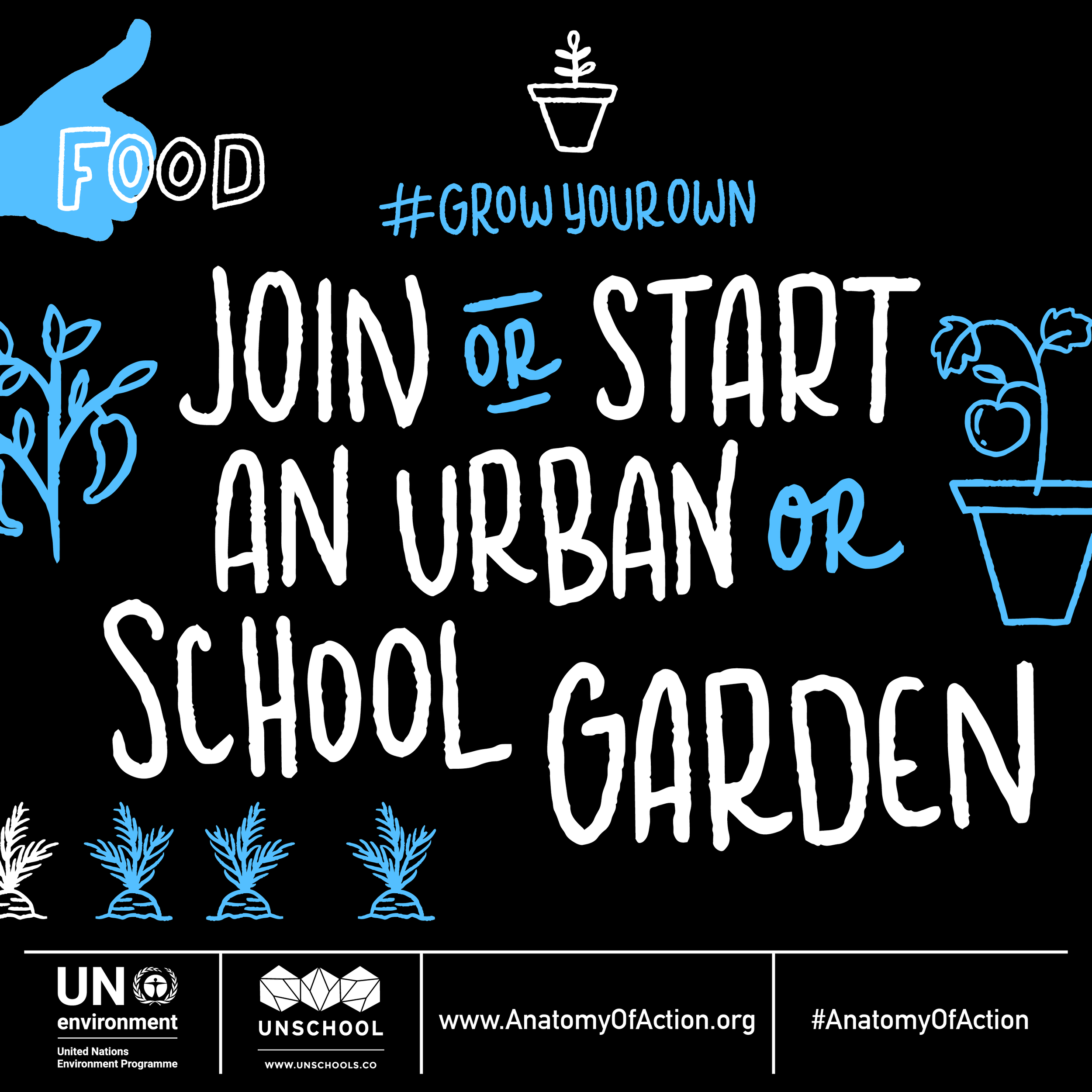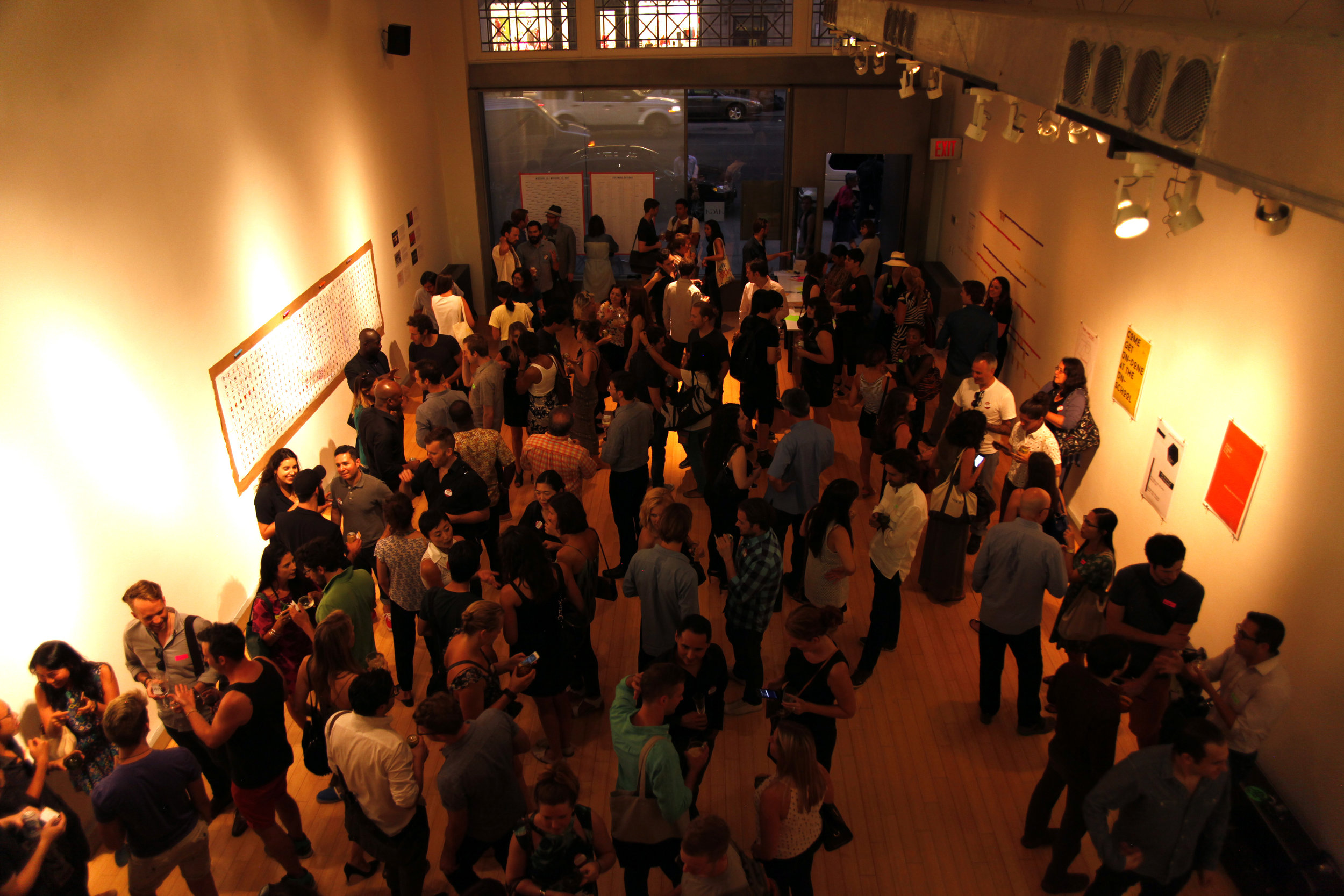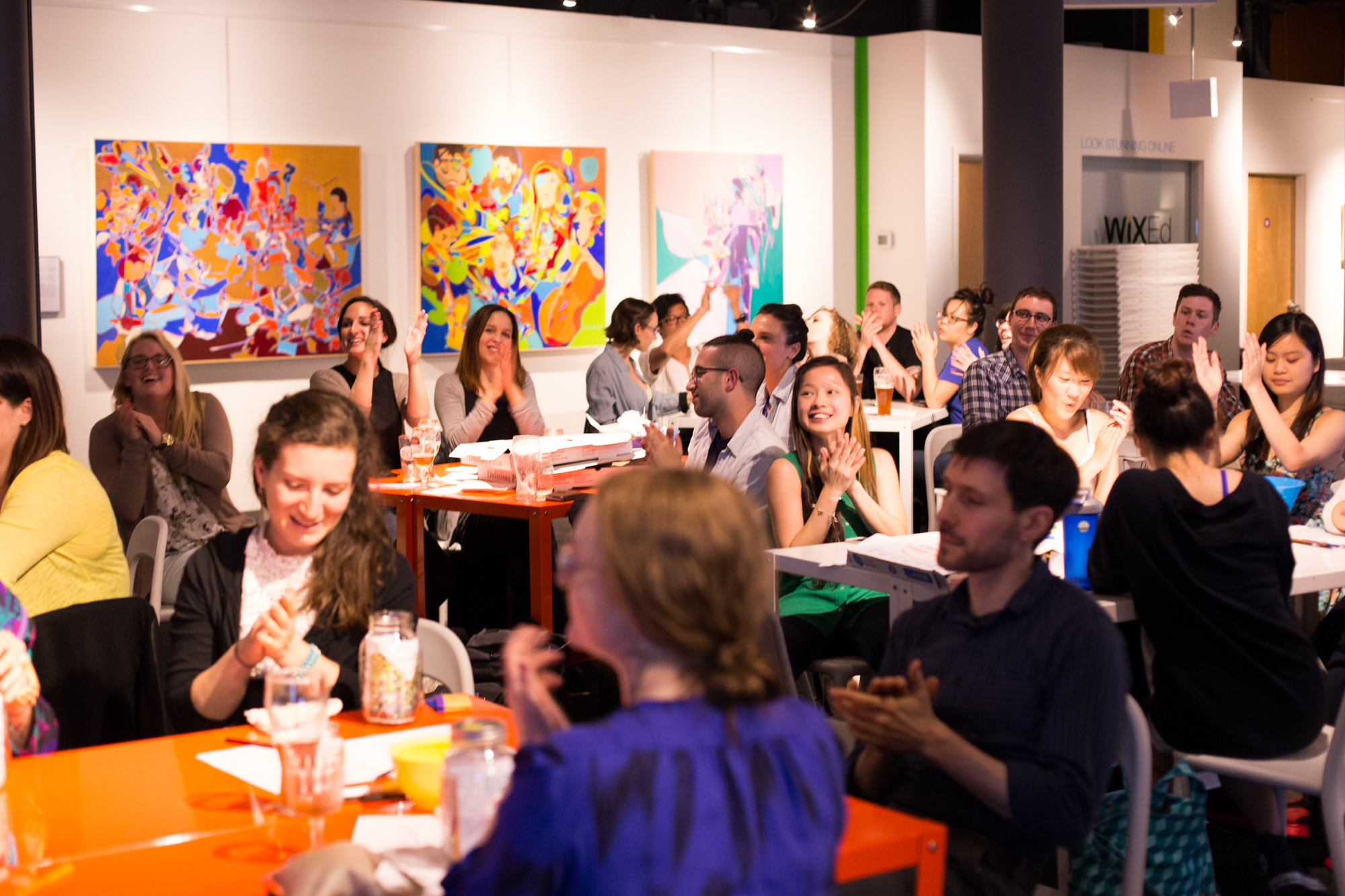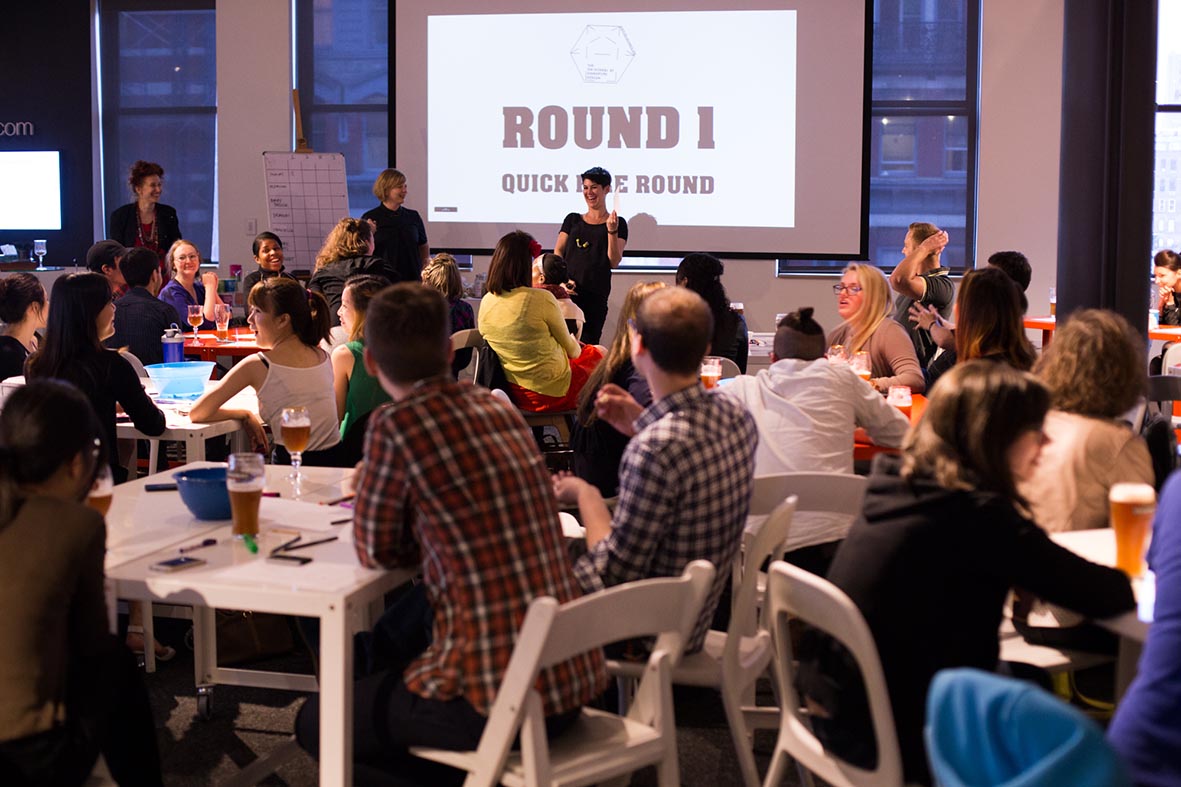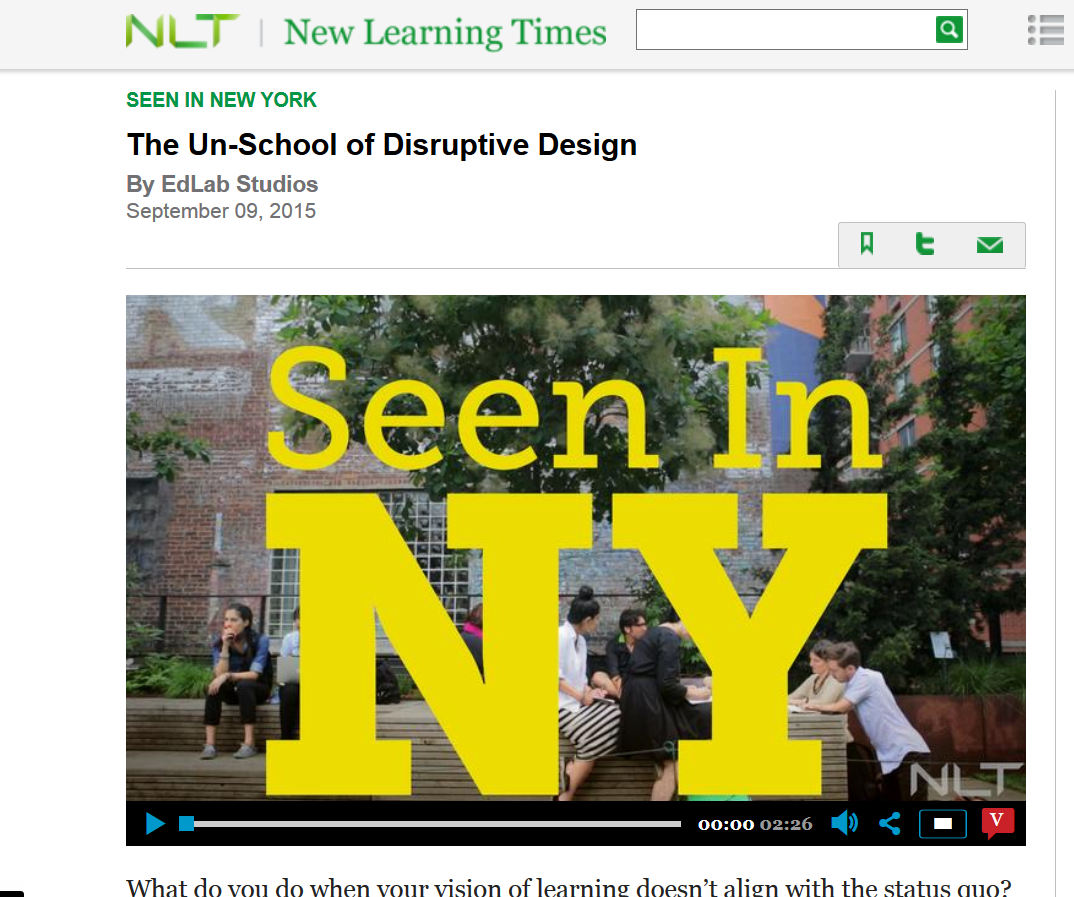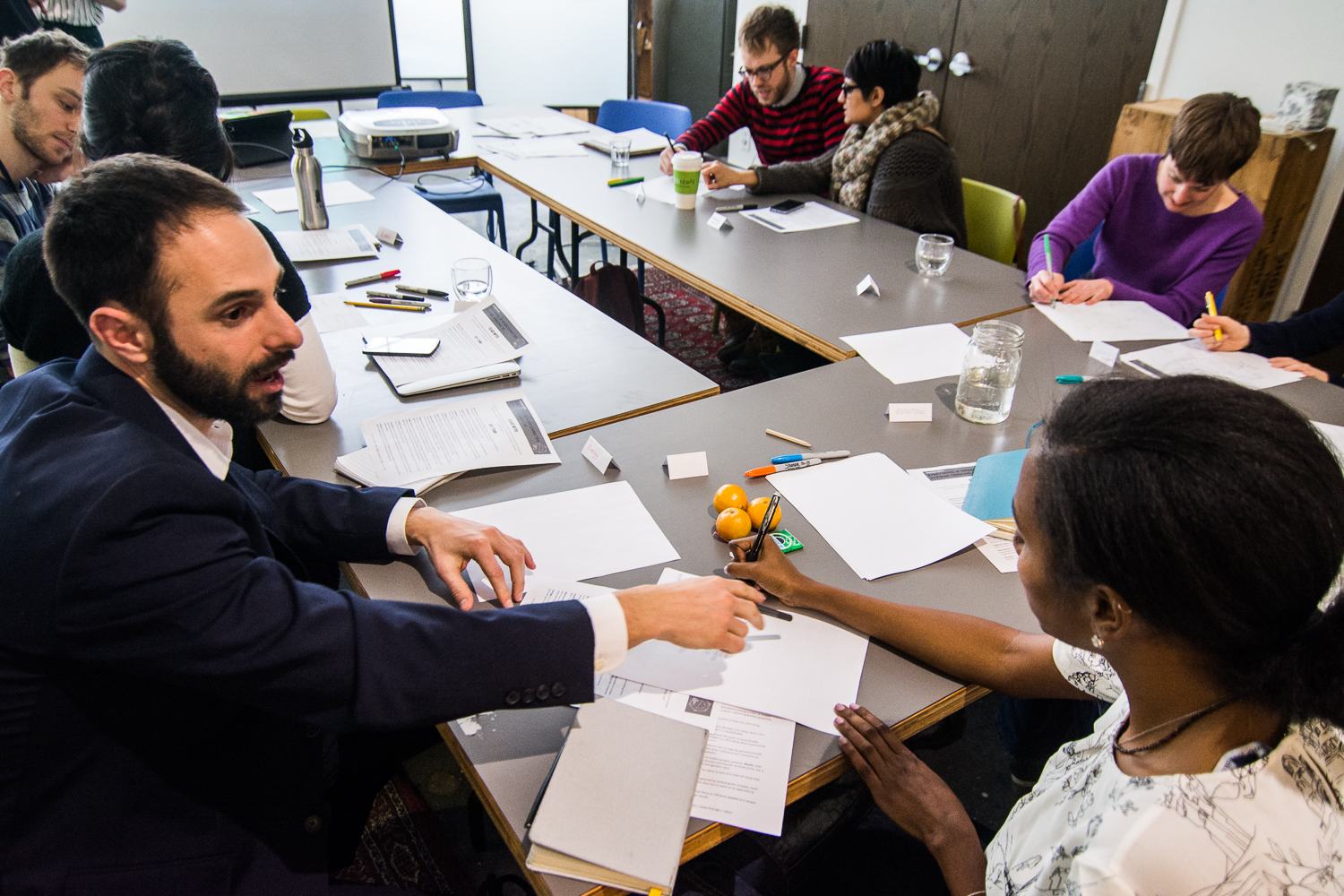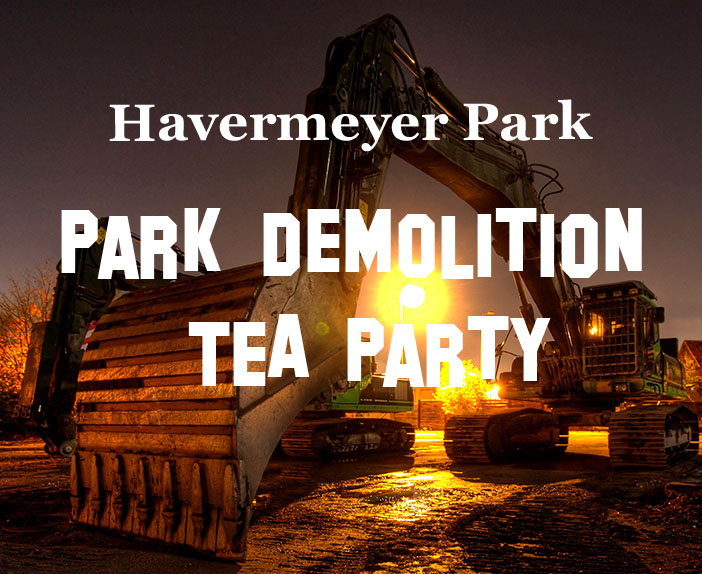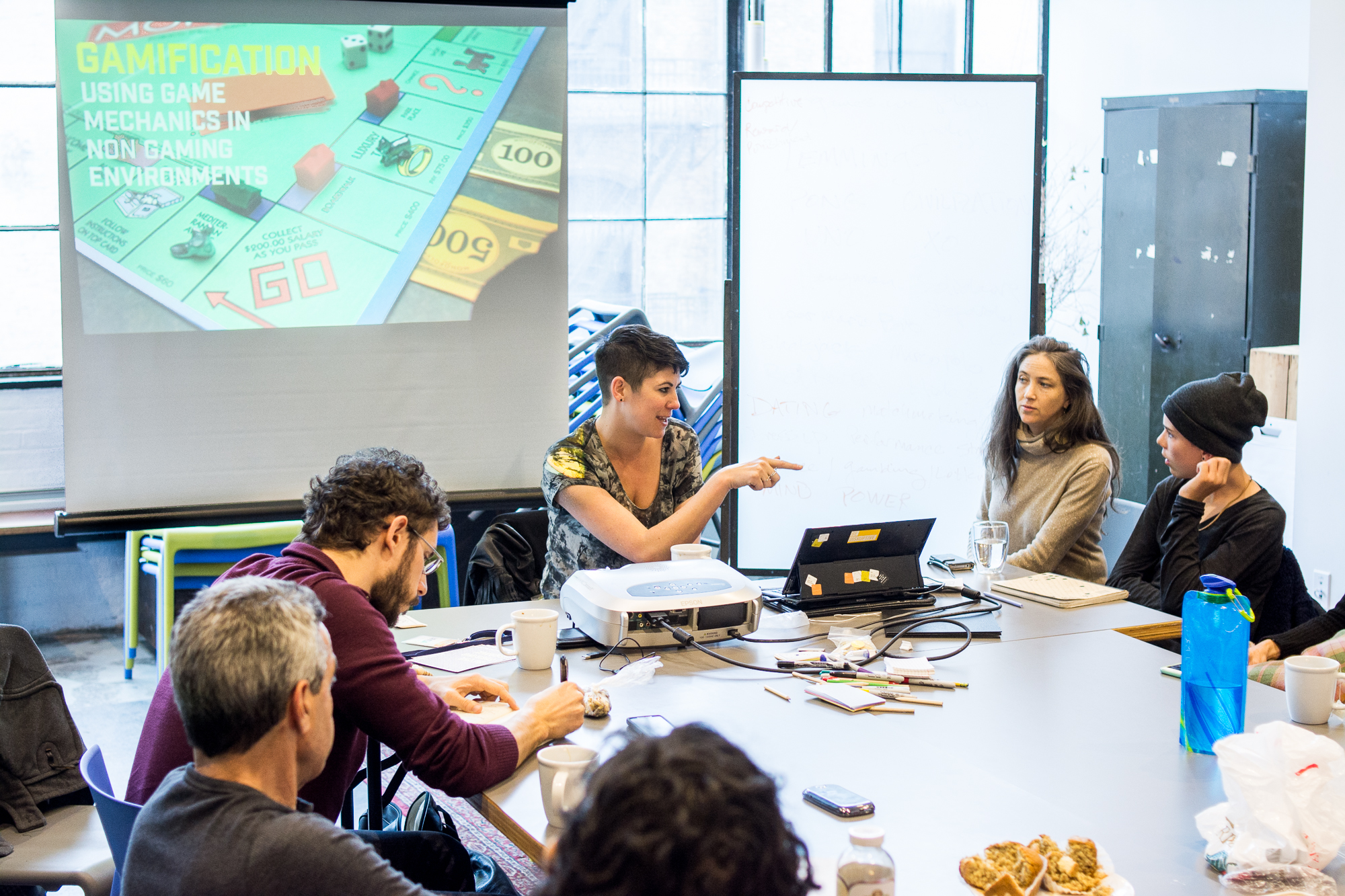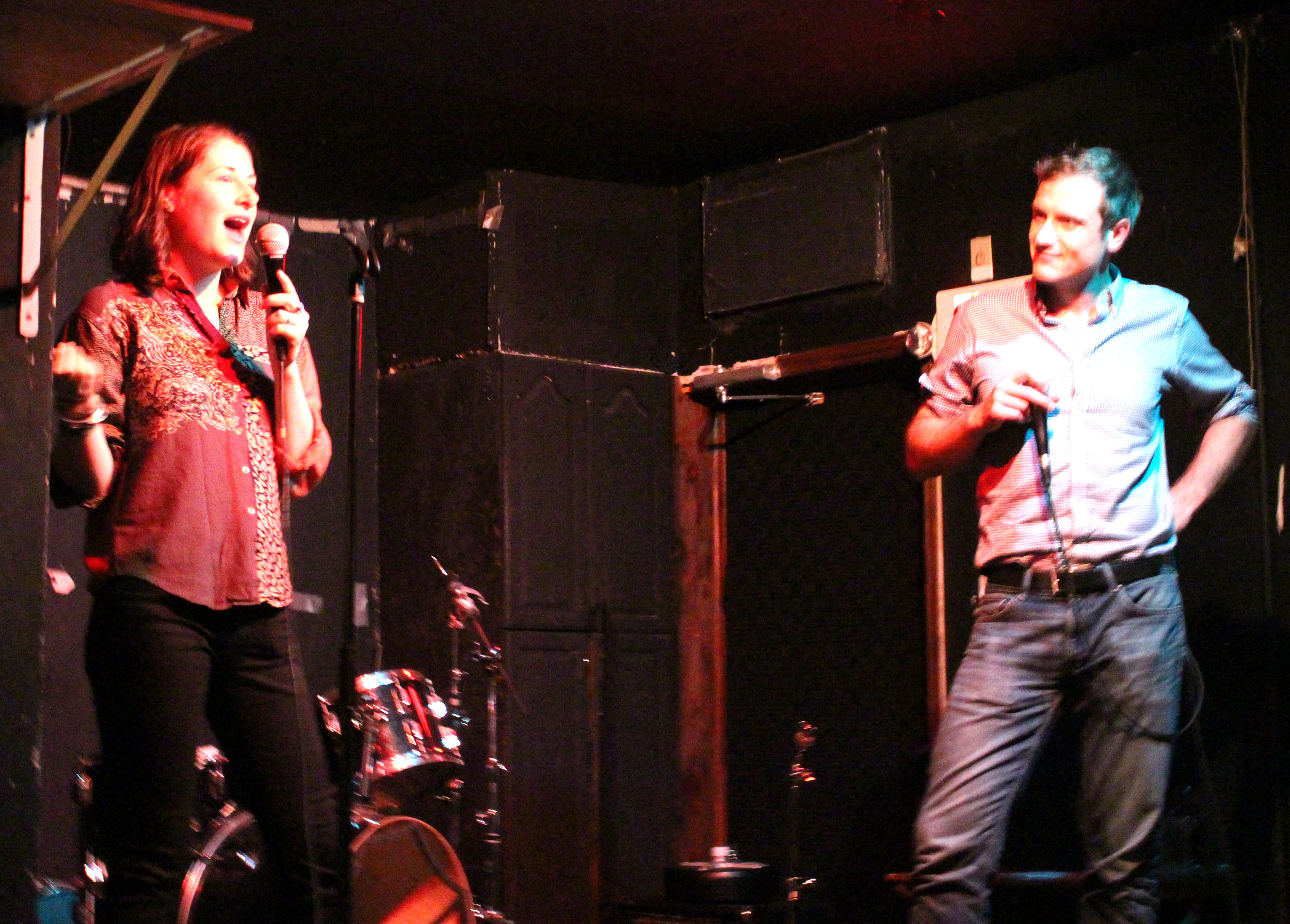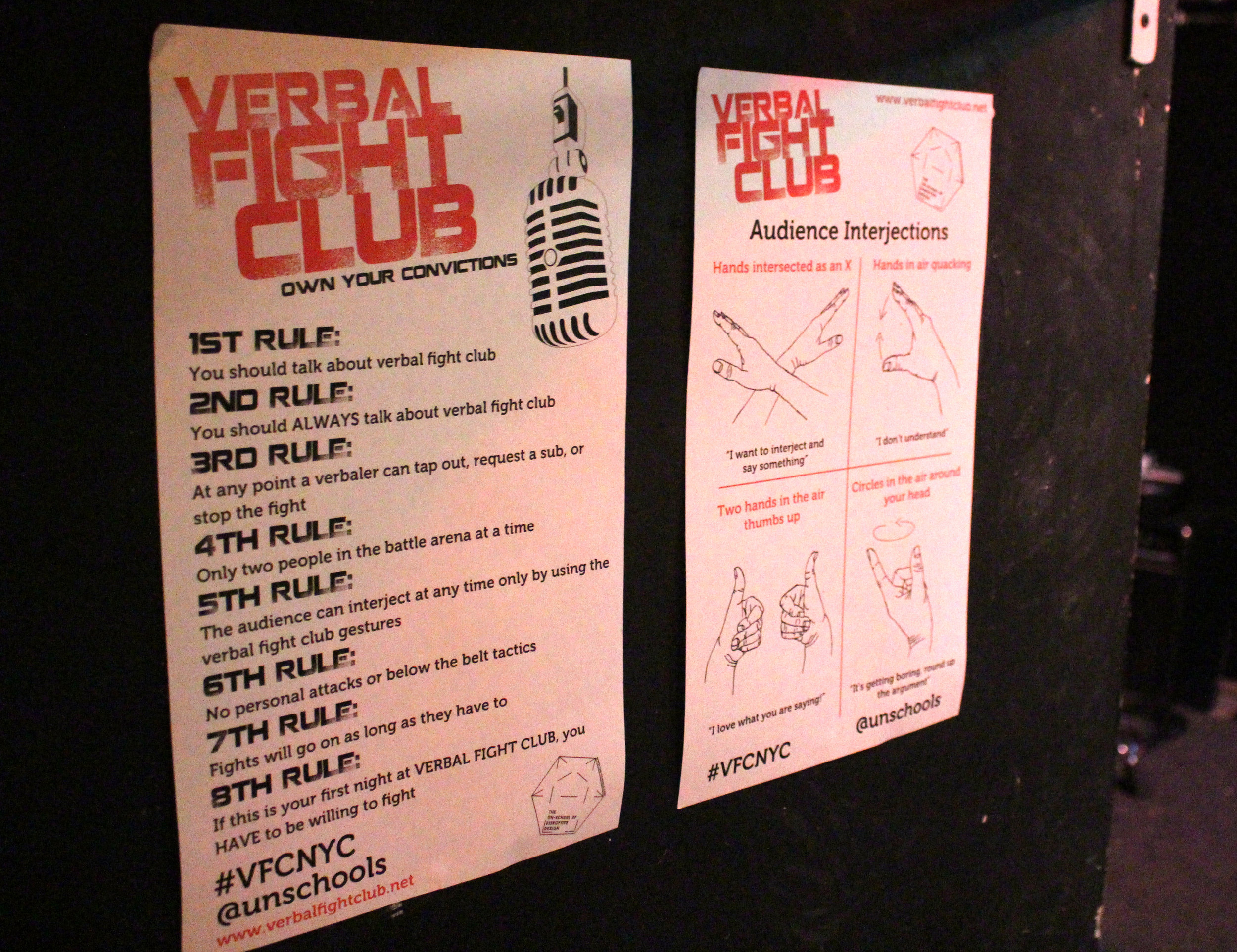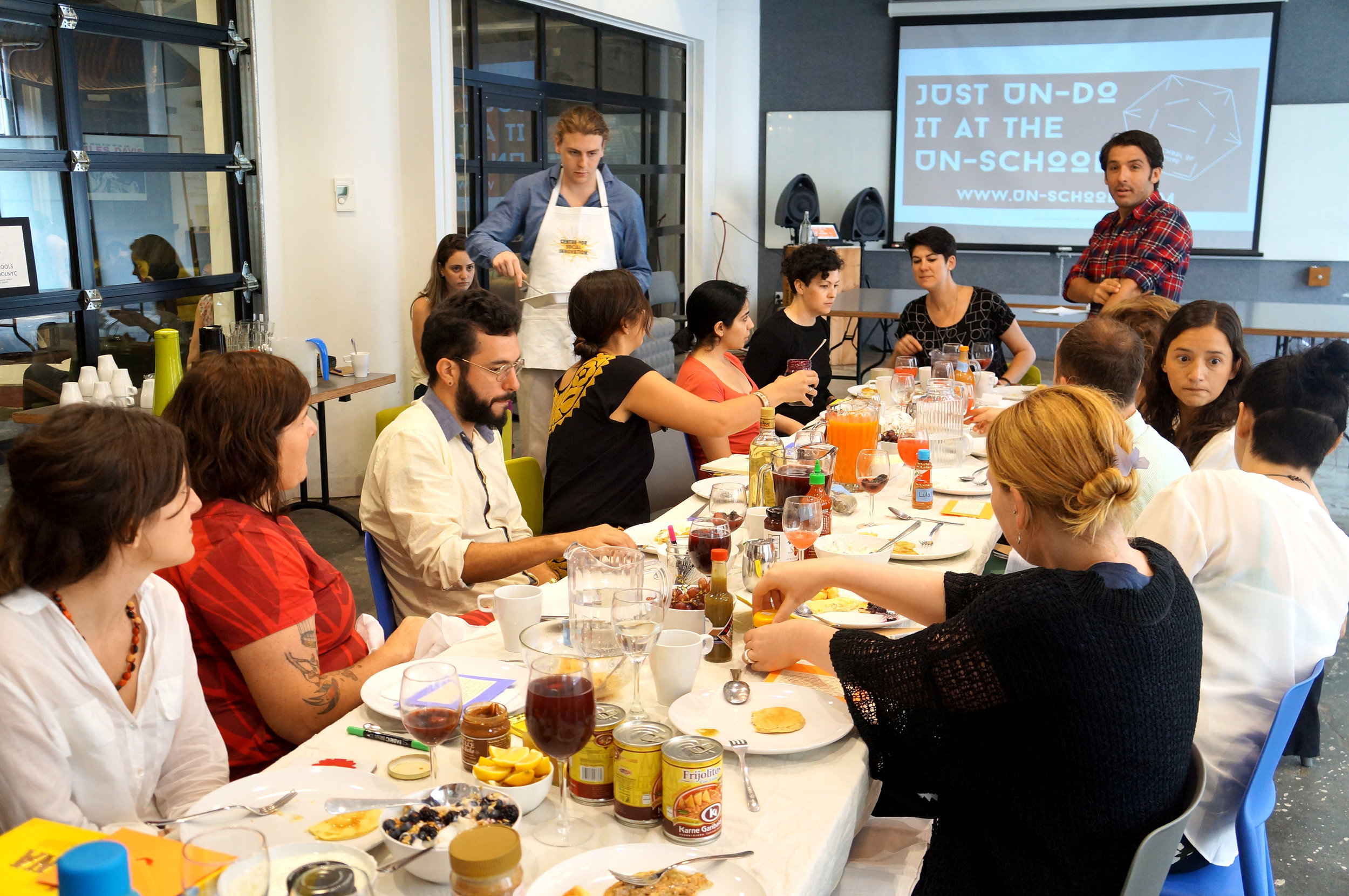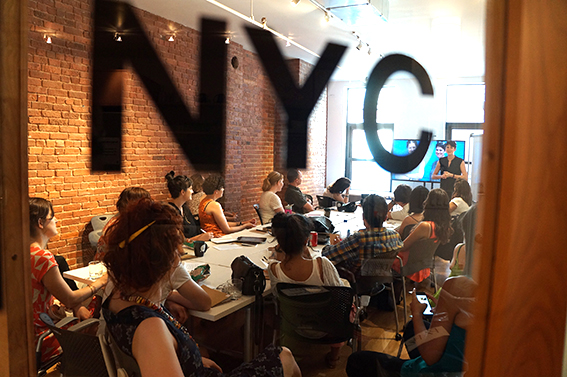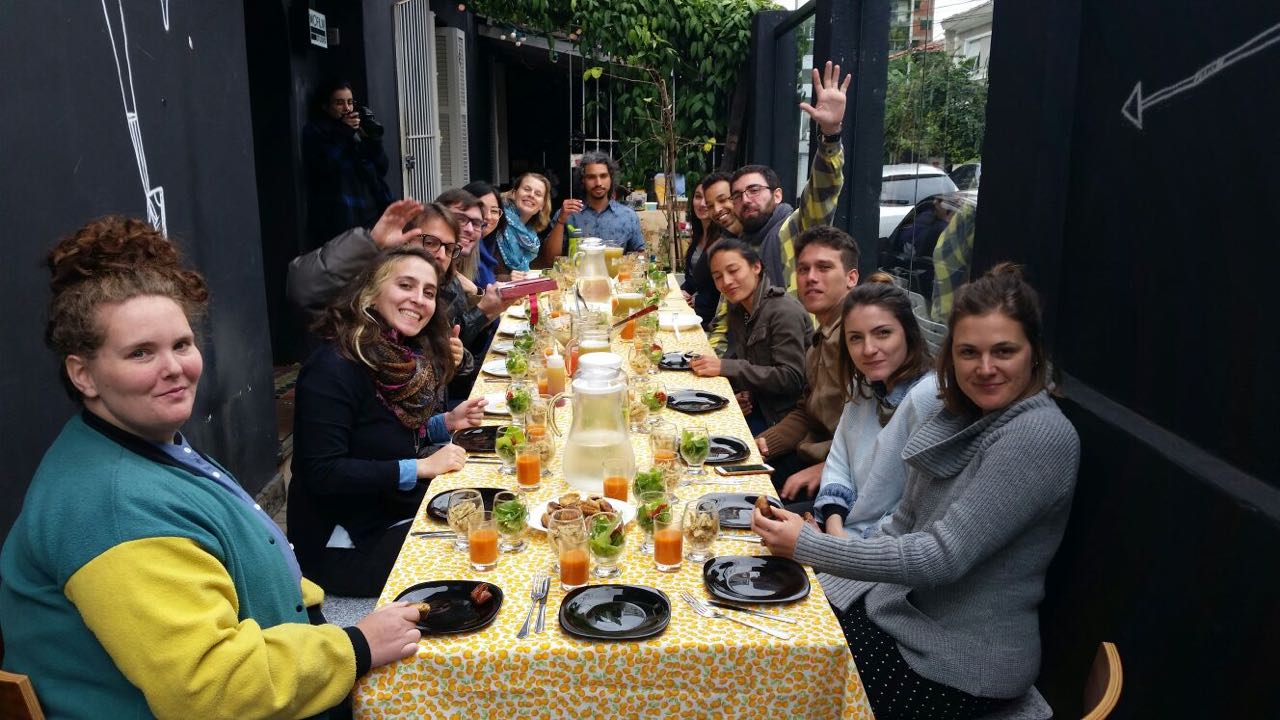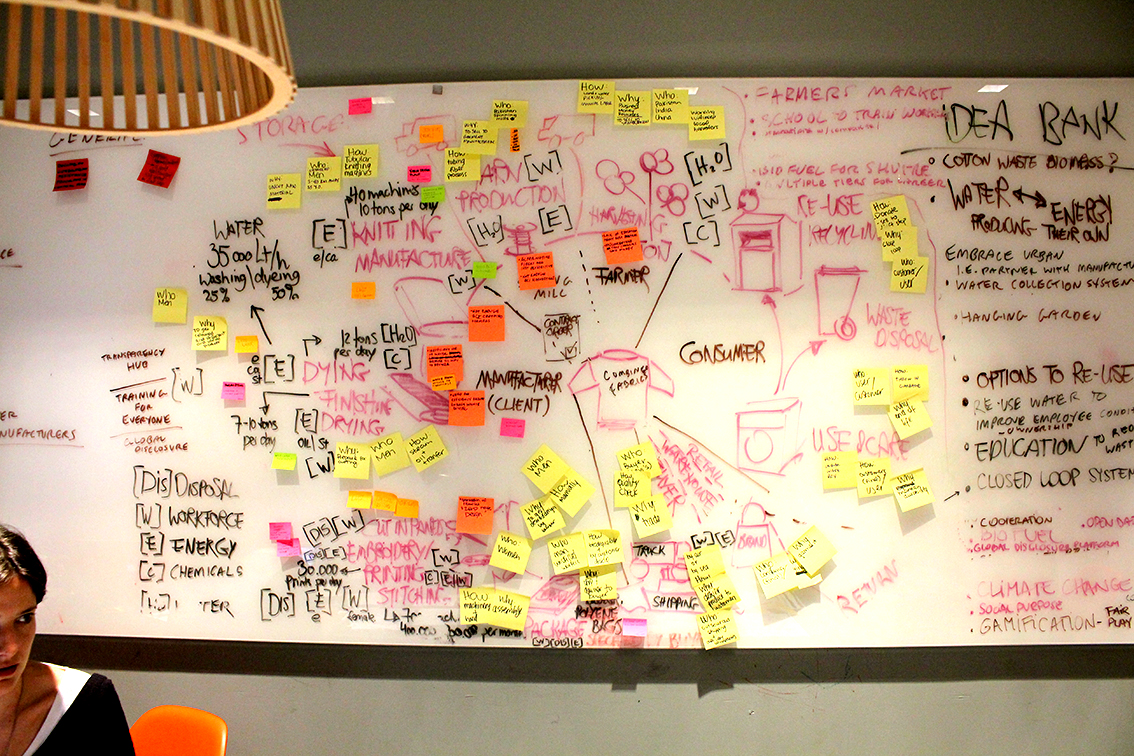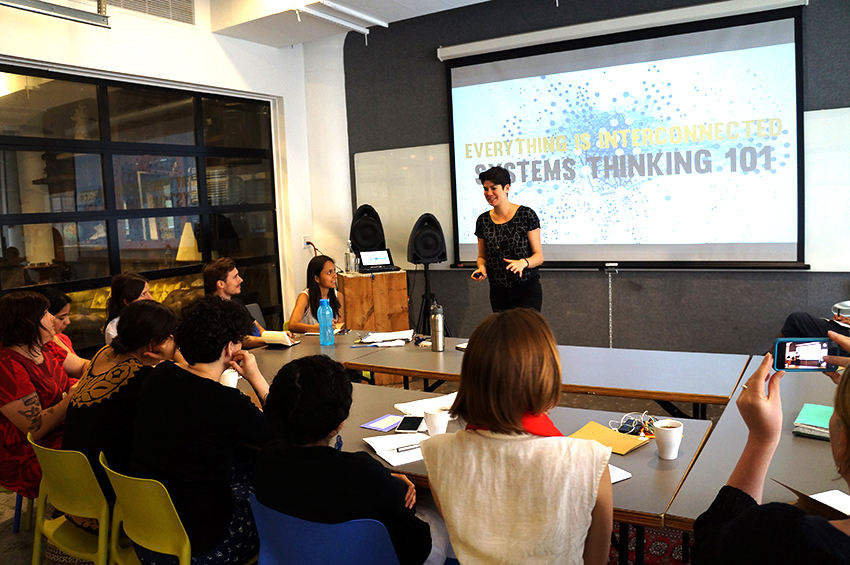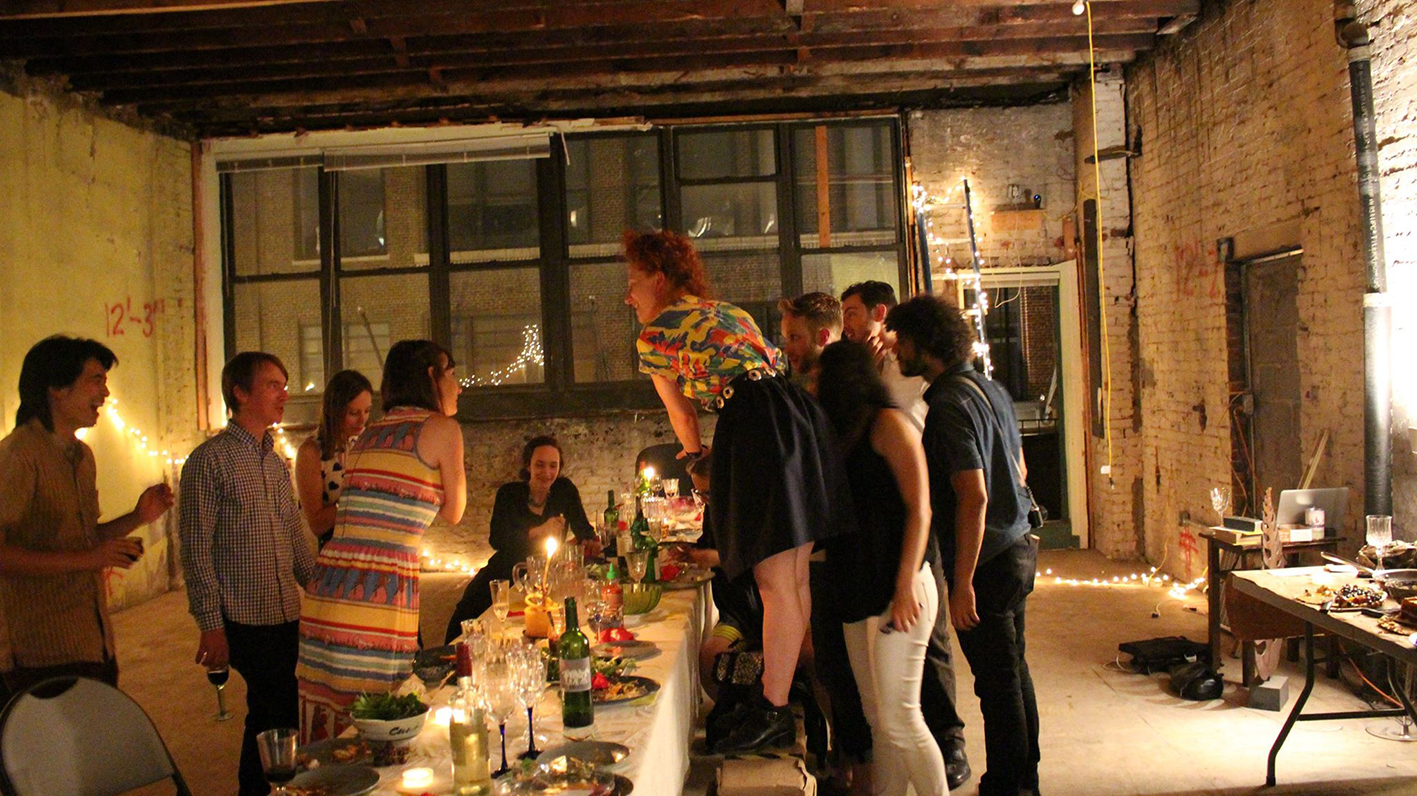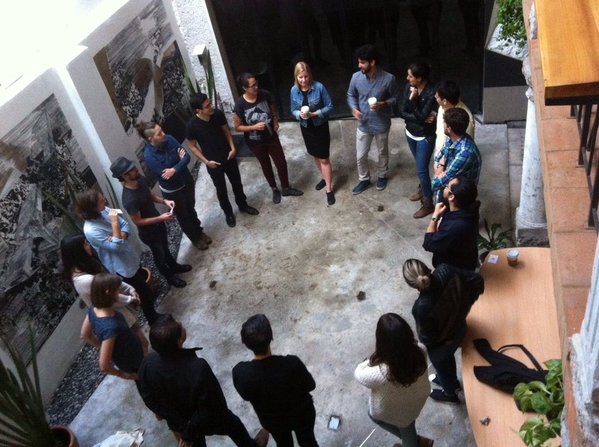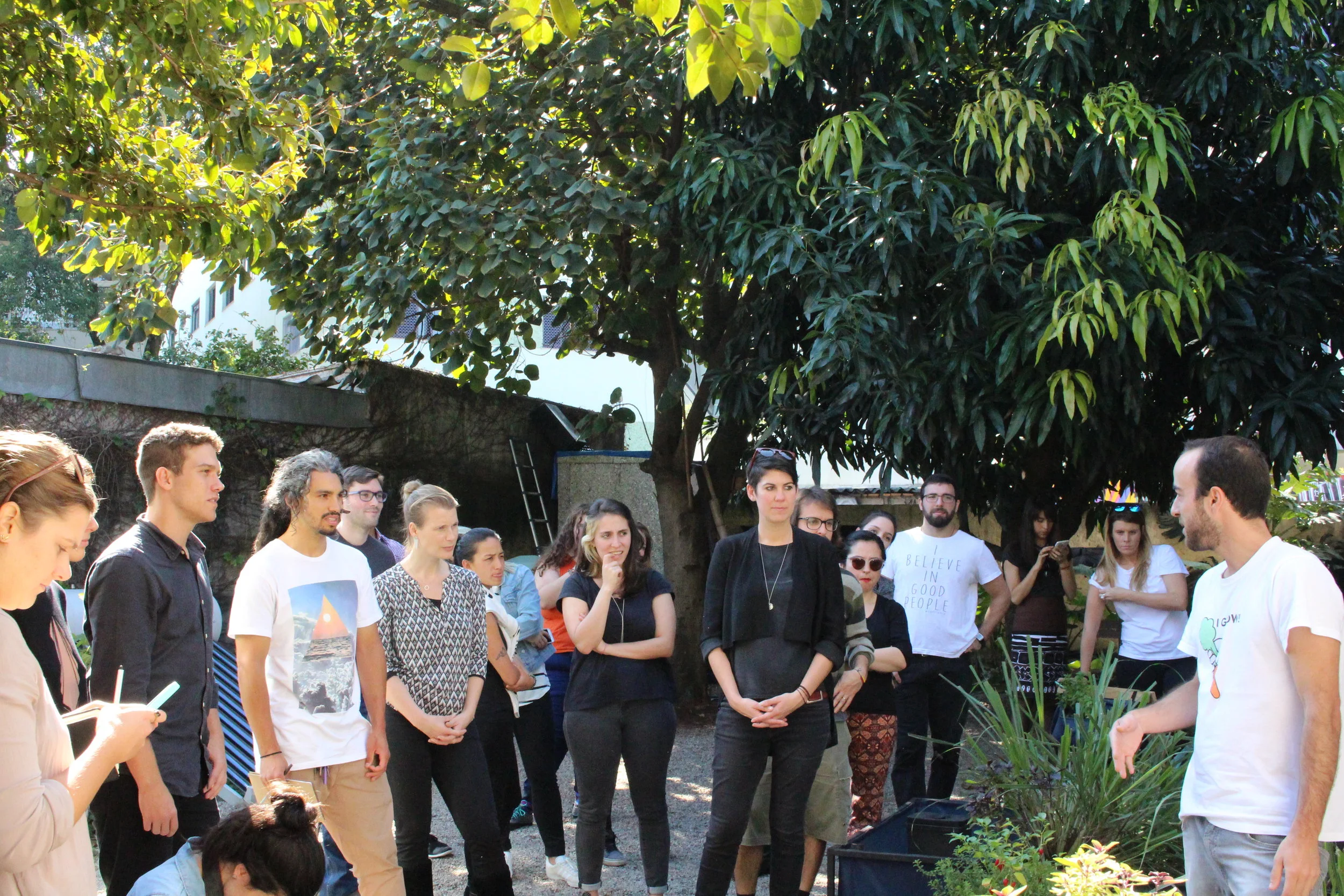By Leyla Acaroglu, Originally published on Medium
The Circular Economy is all about the transformation of the way we do business, create goods and services, organize society and ultimately respect and cherish the world around us. Moving from a linear to a circular economy requires a reconfiguration of nearly all business structures, which is where circular business strategies come into play.
In my quick guide series, I am providing an overview of the different decision making support tools that enable the transformation to a circular and sustainable society. We are all consumers in the current linear economy, but as we transition to one that massively reduces waste and instead promotes a variety of reuse approaches, we will each become shareholders in the delivery and cycling of goods and services throughout the economy. This requires a redesign of nearly everything, and the sustainable design decisions I outlined already cross over with these sustainable business strategies as they interlock to provide a pathway form linear to circular. Like any strategy, there is no one size fits all solution and there are new ideas and approaches being designed and tested in more detail as we see the advancement of this transformation.
As individuals, as governments and as organizations, we already encourage or discourage industries, services and products based on what we invest in and thus support, in our time, energy and money. If you are someone who works for a company and makes decisions, then you definitely need to understand how the economy is currently transforming and what the new types of business models are evolving to service the in-demand need for a resource-efficient, equitable, sustainable and circular world.
As we enter into this new green recovery stage, there are many businesses in need of reconfiguration, pivots and performance changes, where the standard business models, policies, products, and services just don't fit any longer. In order to meet the growing demand for sustainable and circular products and the political shifts towards equitable industries, companies need to come to terms with these new approaches to making money whilst also making good.
“Circular business models modify the pattern of product and material flows through the economy.” — OECD Business Model for Circular Economy Report
Within a circular economy, goods cycle through two main types of metabolism flows. One is the technical system, which includes all the human-made, technically-altered goods, and these must be designed to be recaptured, reused, repaired, remanufactured and where appropriate recycled, in order to ensure material values are maximized and technical products don't escape into the natural environment — which leads us to the other main metabolism, the biological one. This encompasses all the goods and materials that are biologically based and can easily and benignly be metabolized back into nature. All food products, for example, are biological, while all food packaging that has any technical additions like plastic is in the technical stream.
Many of the ecological impacts, the externalities that we see in the economy, have come about as a result of supply chain relationships — not just the end-of- life destination where things end up. Yet, much of our investment and activation for change thus far has been around waste management, rather than on designing out waste from the system right from the start. In part, the circular economy is trying to address this by providing pathways for full systems redesign, rather than just end-of-life tweaks.
The global economy is designed around the consumption of goods and services, so much so that the measurement tool we use to determine the success of nations, the Gross Domestic Product (GDP), only measures the things produced and sold in a country. It ignores the losses from the systems that it takes from, such as nature, ignores any activities that have no economic aspect to them and ultimately creates a very narrow view of value and wealth. GDP is a massive system failure as it externalizes all ecological impacts. This way of measuring the economy is only 70 years old, and it has helped to create many of the environmental issues that plague us today.
GDP is one of the driving forces that created the global linear economy, whereby every day millions of tons of raw materials are extracted from nature (through mining, harvesting, cropping, etc.); these are mechanically processed into usable goods in factories, shipped around the world, and then purchased, used up, and thrown out. When things are discarded, they often end up in landfills, incinerators or dumps, or worse they escape back into nature in harmful ways because they were only ever designed to maximize the benefits to the producers and not to consider the full life cycle impacts that they may have. Waste in all its forms is a byproduct of this linear system, whereas in nature, there is no such thing as waste; our species has created pollution of all sorts. This has created a huge strain on the waste and recycling systems, of which are currently broken, resulting in many ecological, equity and health implications, and created the demand for transforming the way we do business, meet human needs and structure the entire economy.
As we progress to the normalization and integration of the circular approaches, pioneering leadership is required from governments and CEOs, as well as the creative thinkers who can help shift the status quo through designing new things that make the old polluting, degrading, inequitable systems obsolete. We are starting to see this, with many of the world's biggest companies committing to adopting circularity, carbon reduction, and sustainable design strategies.
We can speed up the needed change by incentivizing producers to approach product and business design differently — to use sustainable design approaches and life cycle assessment to help green supply chains and find unique ways of shifting the status quo on hyper-consumerism through the implementation of closed-loop product delivery models.
“Circular business models are special in the sense that they look for value creation in places usually of little interest to companies that operate in the traditional linear production paradigm”. — Guldmann, Best Practice Examples of Circular Business Models
The future is circular, not just in the wider economy, but also in our daily lives. As we become more aware of the impact of our actions, we are more incentivized and agentized to make informed and effective decisions. We can no longer avoid the reality that our planet is in need of better care. The linear economy has helped us advance to this incredible point in time, but the advancement has come at major costs to the ecological systems that sustain life on Earth, which in turn affects our health and quality of life as we battle climate change, air pollution, global pandemics and loss of biodiversity. These issues are all interconnected, and until we change the way we do things, we will continue to be the victims of our own poor decisions.
The circular economy is seeking to remedy this through shifts in the way we arrange society, the way we produce goods and services, and the way we all consume, in order to ultimately design the kind of future we want to live in. One that is equitable, sustainable and regenerative by design.
Before we dive into the business models that are part of this transformation, let’s quickly cover some of the key concepts that are central to the circular shift.
Circular Economy Core Concepts
It's important to know that the movement for the transformation to a closed-loop circular economy has been well underway for several decades. Work at multiple levels of research, industry and government has been ongoing to advance the idea of product stewardship, cleaner production and extended producer responsibility. Here are the main overarching concepts that fit within the circular economy:
Product Stewardship: The parent company of the design, production and sales takes full responsibility for reducing the environmental impact of the product they create throughout the entire life cycle of the product, ensuring that there are appropriate end-of-life options and that these are managed by the parent company.
Extended Producer Responsibility: A policy approach whereby all of the full life-cycle environmental costs associated with a product are added to the final sale price, and this extra revenue is used to manage the product stewardship of the product.
Eco Design: Approaches to designing products so that they last longer and have a limited impact on the environment across their full life cycle. This is also called sustainable design, and I have a quick guide to this here too.
Cleaner Producer: A preventative measure by companies to reduce the waste and pollution associated with the production of goods.
Industrial Ecology: Ways of remodelling industrial systems to perform more like ecological ones and maximize value exchange.
Industrial Symbiosis: Part of industrial ecology, a network of diverse organizations collaborate to ensure that resources are used efficiently and value is cycled between them.
Waste Equals Food: An approach where all ‘waste’ becomes a nutrient to something else in the system.
Non-Fossil Energy: Energy derived from renewable resources.
True-Cost Accounting: A type of accounting that takes into consideration the full externalities and costs associated with delving a service, doing business, or creating a product.
Cradle to cradle: A concept of ensuring that the full life of a product is managed in a sustainable way that was made popular in a book of the same name and has a certification system for products.
Biomimicry: An approach to creating products and services that mimic the way nature works by studying and replicating the solutions found in the natural world.
Regenerative Design: A whole systems approach to creating solutions that offer back more than is taken in their creation by exploring the way natural systems solve problems and creating things that are interconnected with natural systems.
Post Disposable: A movement to make waste obsolete by designing solutions that move beyond waste as a socially acceptable concept.
Life Cycle Thinking: A framework that takes into consideration the whole of life environmental impacts of a product or service by looking at the impacts that actions in the economy have on natural systems by looking from the cradle to grave. I have a guide to this here.
Disruptive Design: Disruptive Design is a way for creatives and non-creatives alike to develop the mental tools to activate positive change by mining through problems, employing a divergent array of research approaches, moving through systems thinking, and then ideating opportunities for systems interventions that amplify positive impact.
Systems Thinking: Systems thinking is a holistic approach to understanding the way parts fit together in dynamic relationships to make up a whole system. It’s the opposite of reductive or linear thinking and involves a series of practical approaches and mental models that enable a more complex view of the world, focusing on relationships and synthesis.
Closing the loop: This Is a concept promoted by some businesses as a solution to waste generation and in support of the circular economy. By closing the loop on the end-of-life impacts of a product from the design stage, the business can be redesigned to support end- to-end integrated systems.
Technical nutrients: Materials or stocks that are manipulated by humans and cannot be easily re-integrated into nature (for example, plastics).
Biological nutrients: Materials or stocks that can be easily absorbed or digested by natural systems in a benign way (unbleached paper or food).
Metabolism rate: The ability for things to be reabsorbed or integrated into a system — food waste, for example, can be easily metabolized in a compost bin or biodigester, whereas it does not get effectively metabolized in a landfill.
Zero waste: This is a strategy and movement to go beyond waste reduction and remove all disposable products from a place, company or lifestyle by embracing a set of strategies that eliminate waste completely. The goal is to avoid sending any waste to a landfill or incinerator.
(There are many more! I have a class that covers all of this in way more detail coming out soon, and we also have a gamified toolkit that asks these questions and helps you get to a sustainable outcome — see here)
Circular Economy Business Models
The types of business model transformations that are underway and will become more prevalent in the near future include different approaches to closing the loop so that end-to-end material flows are managed by the producers. The burden of waste is not transferred to the end-user, but instead, the company has stewardship over their products for its full life cycle and designs products to be recaptured to ensure that the values of the materials and embodied impacts are maximized.
Every industry and product category will need a different combination of business and design approaches, as some materials are easily re-metabolized and some aren't, some product categories are much simpler than others, etc. The fundamental shift here is how we design goods to flow through the economy and the responsibility that producers take of their goods, enabling customers to return, reuse, or repair to ensure that value is continually increased.
REPAIR
Designing products to have extended life spans by providing repair services and maximizing likelihood of repair during use and end of life phases.
REMANUFACTURE
Creating within a closed-loop system where products are intentionally intended to be taken back, reconditioned or fed back into the production cycle to create new high value products.
RESELL
The resale or buyback of products are encouraged, supporting the continuation of the functionality and increasing the usable life span.
SHARING PLATFORMS
The creation of service provisions within a product context to maximize the reuse and shareability of the goods.
WASTE AS A RESOURCE
Products are designed to intentionally use others’ byproducts or to ensure that their own byproducts are absorbed into a new system.
PRODUCT AS SERVICE MODEL
Products are reimagined into service delivery models, and long-term relationships are built with the customers. Products are always owned by the producer and leased to the customer thus they can be made of higher value and managed across their entire life.
CIRCULAR SUPPLIES
Products are part of the supply model, and consumers collaborate to share resources and ensure that circular products are available on the market.
RESOURCE RECOVERY
Mining landfills or extracting materials back from the economy to ensure that they are circulated back into the system. This could be a third party provided system.
PRODUCT LIFE EXTENSION
Challenging the traditional model of lots of customers buying individual units by offering higher value longer-term products and ensuring they are utilized. Perhaps with a pay per use model of another way of ensuring that materials stay in the economy longer.
But wait, there are more strategies!
There are actually many more considerations and opportunities that apply to different stages, product categories and the level of change you are at. I have created a free toolkit for circular redesign to walk you through a quick creative process.
If you want to learn more about this, we have an introductory class on the circular economy, many resources and several handbooks on Circular Systems Design that dive into this in more detail. I also host a group on LinkedIn for people working in systems change. Additionally, we are launching an extensive set of programs and services for businesses interested in advancing their skills in this arena as part of a new set of programs and masterclasses designed for business transformation.
































